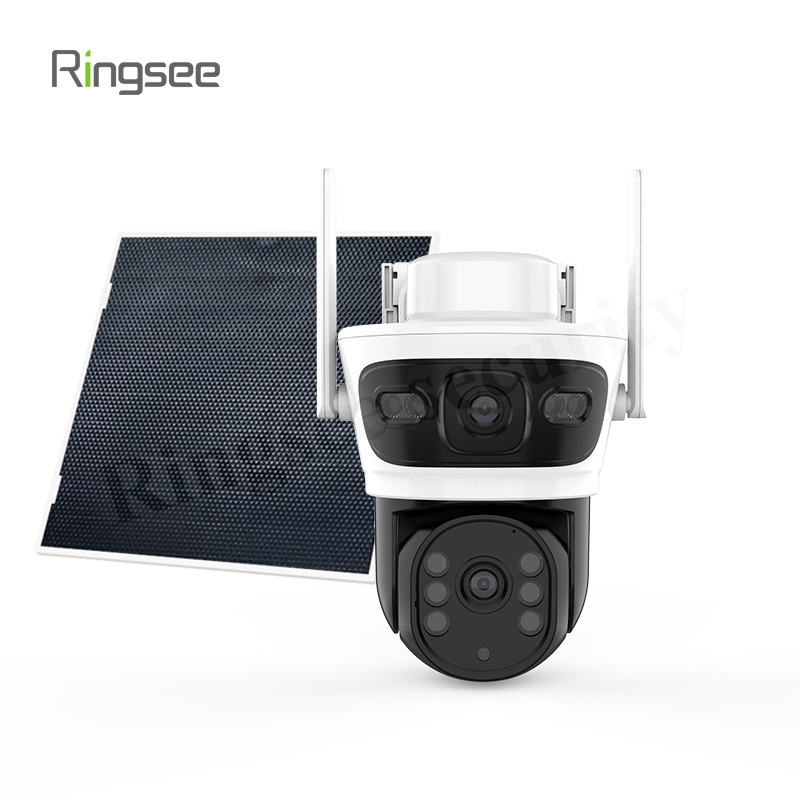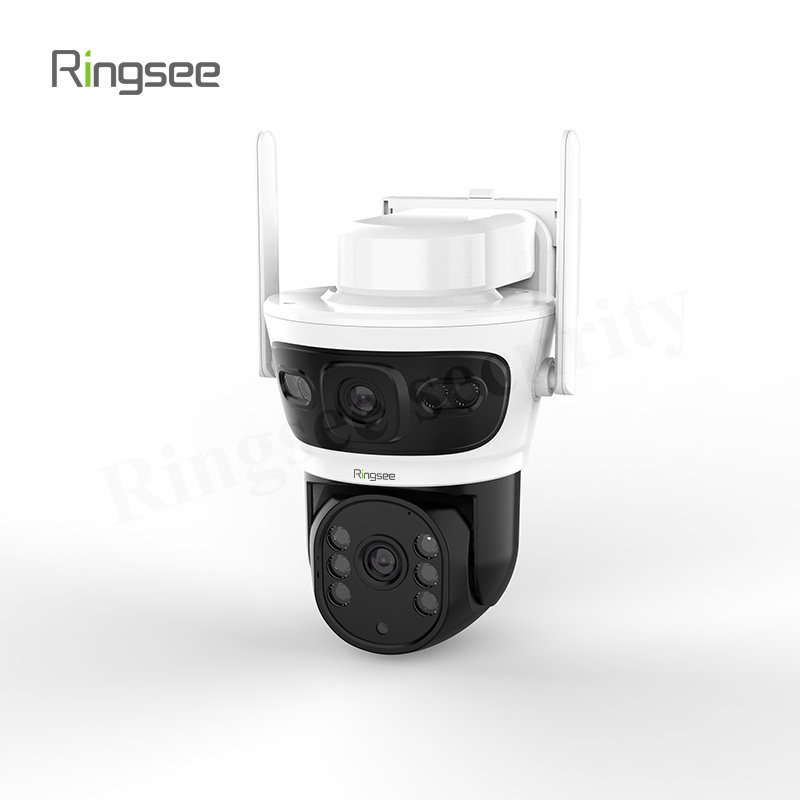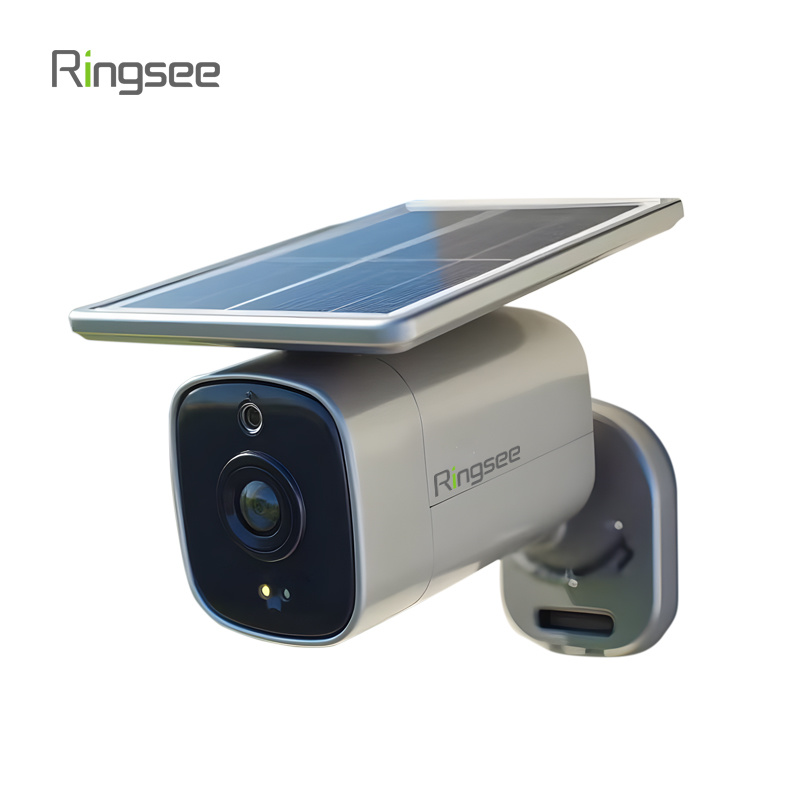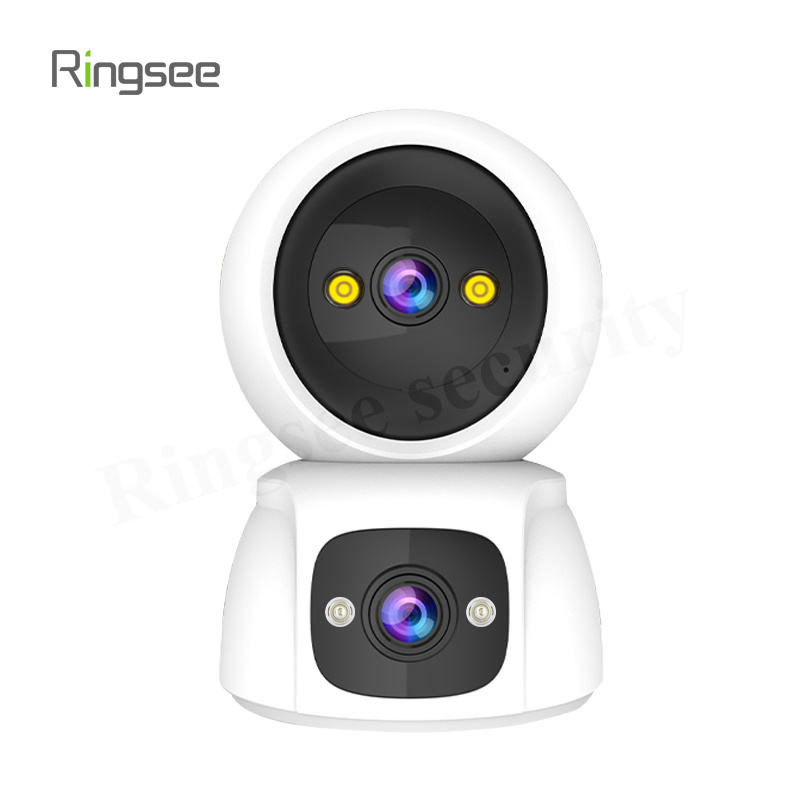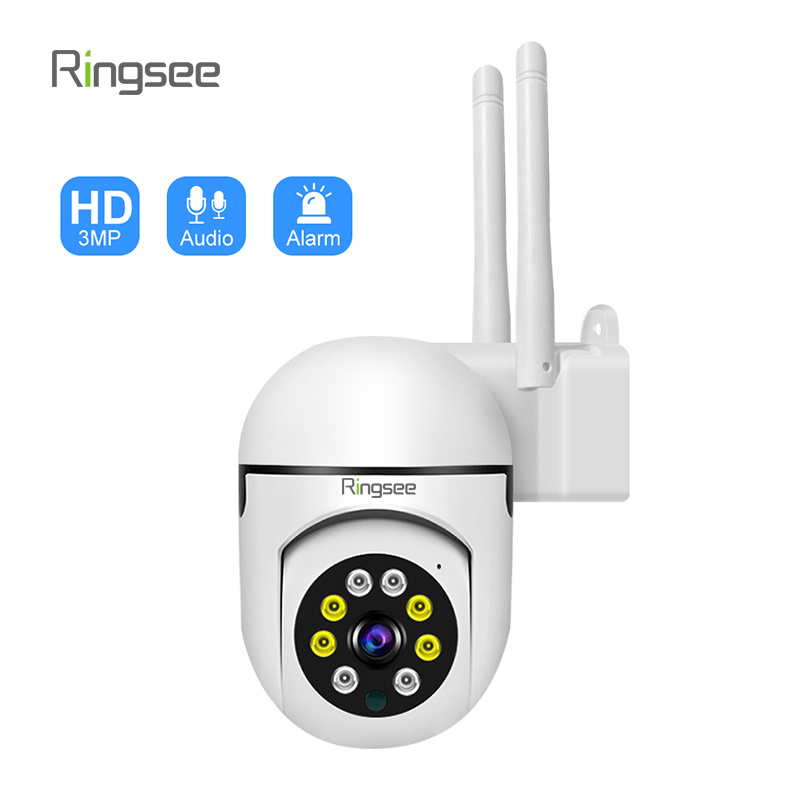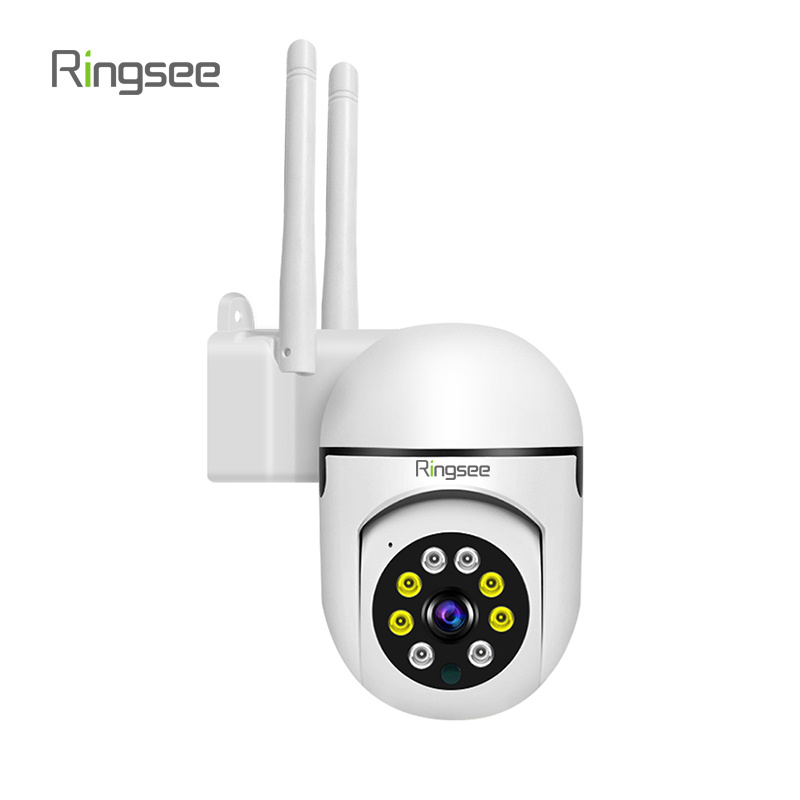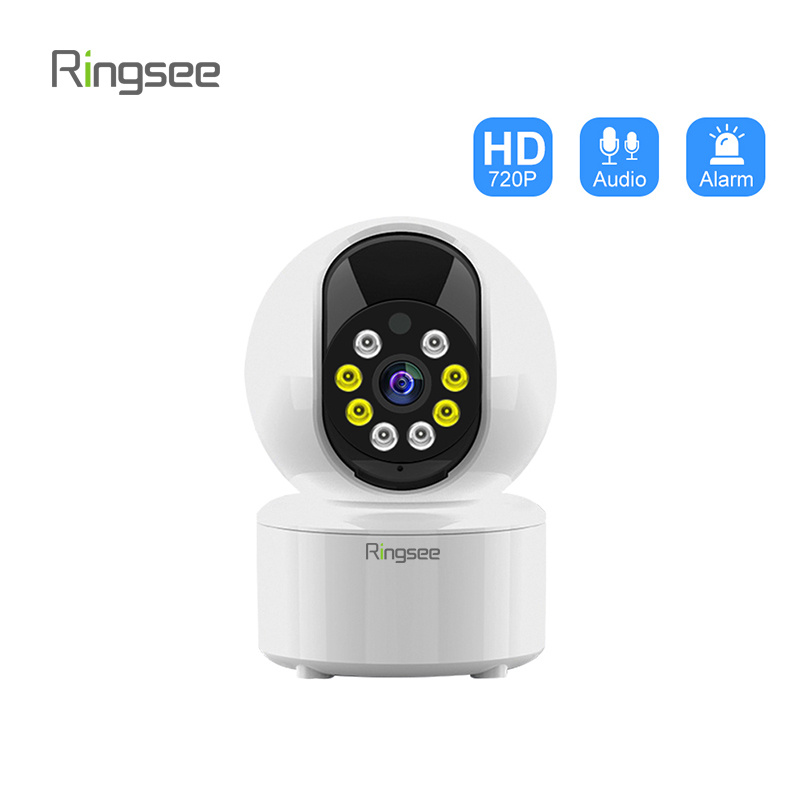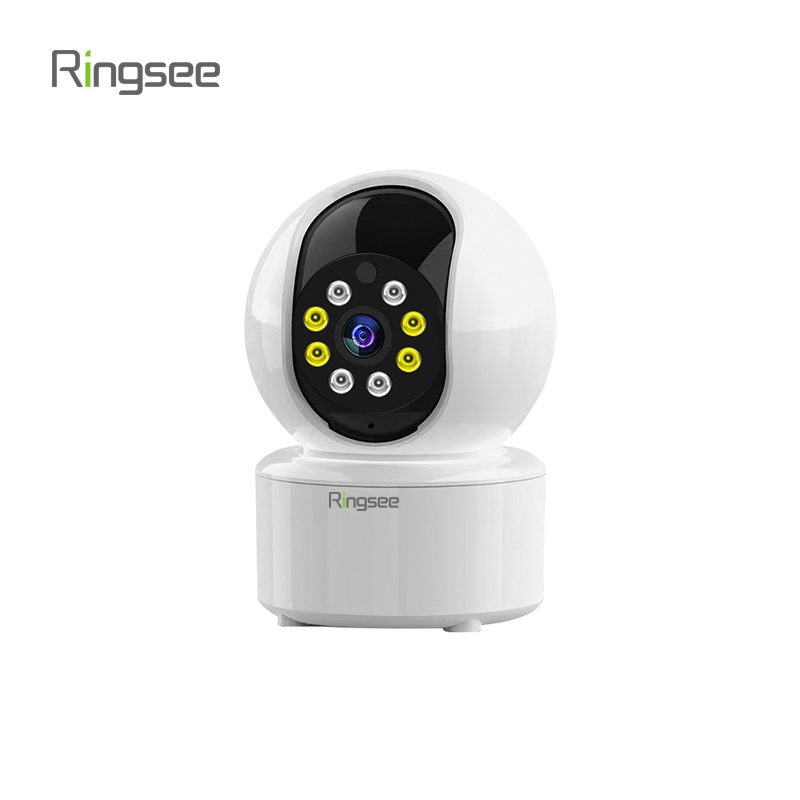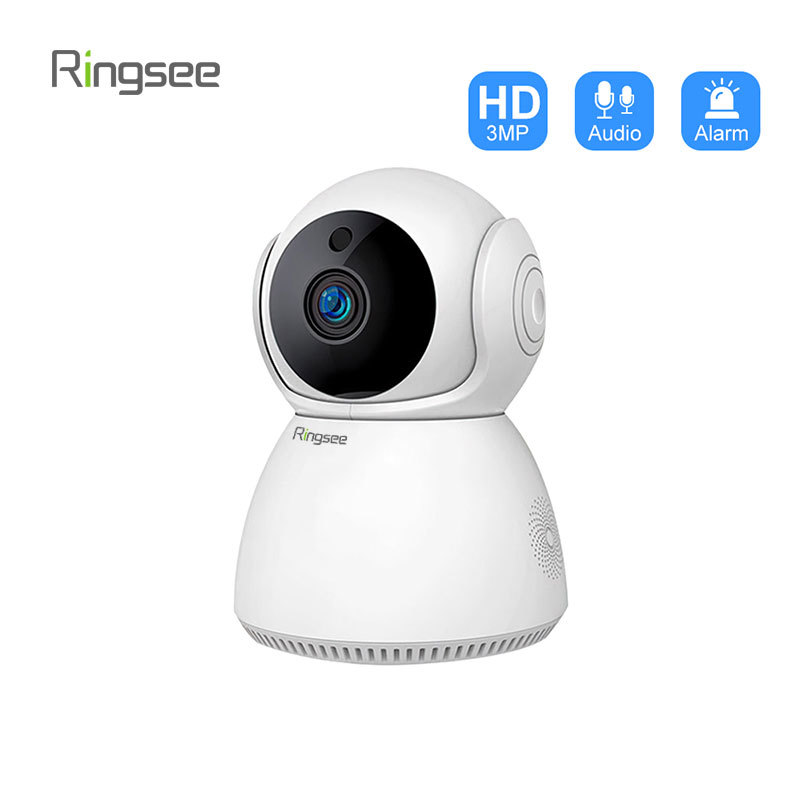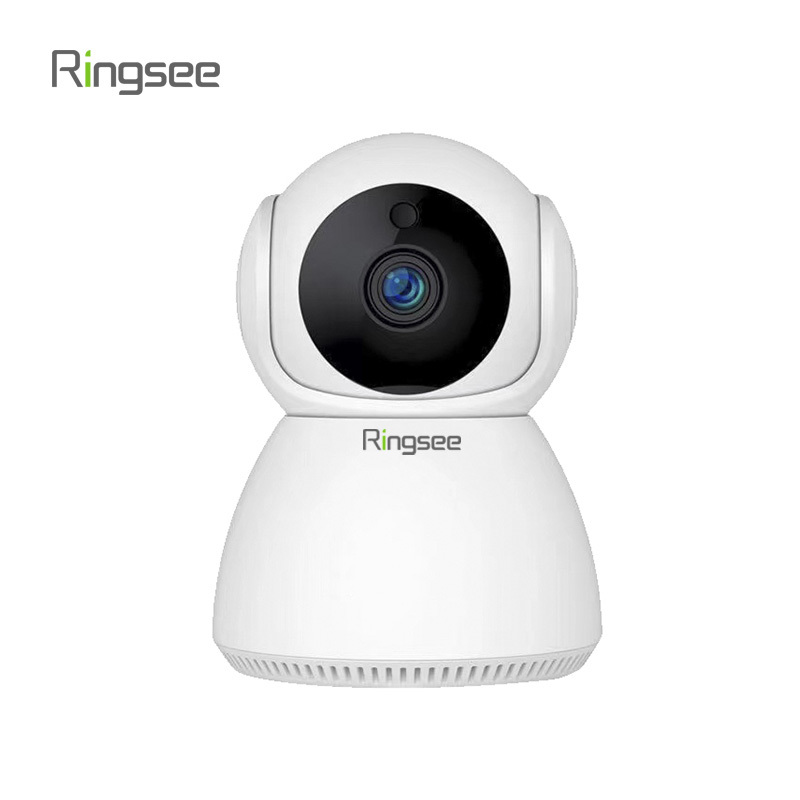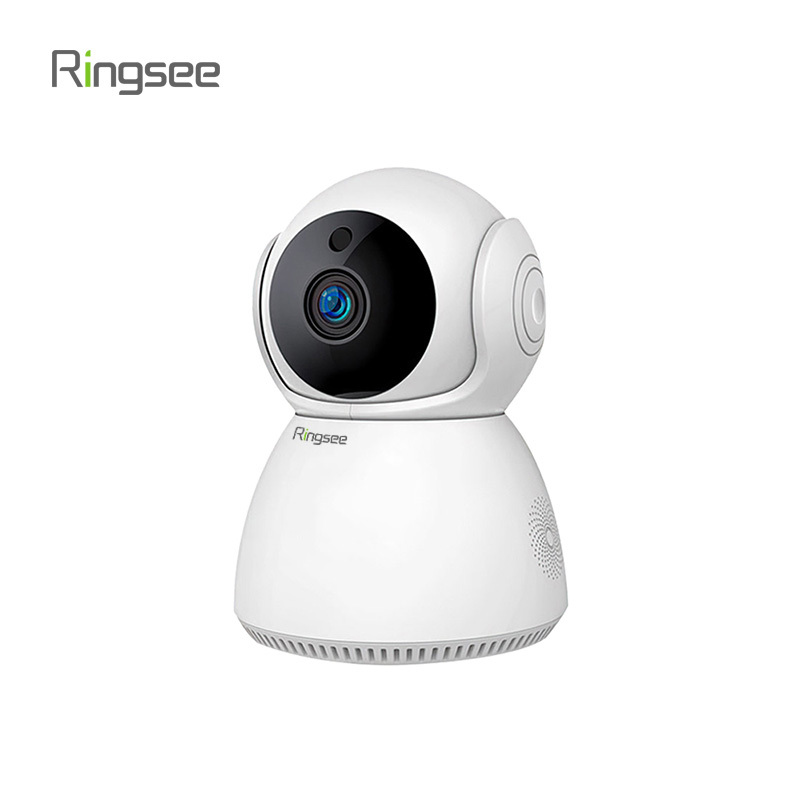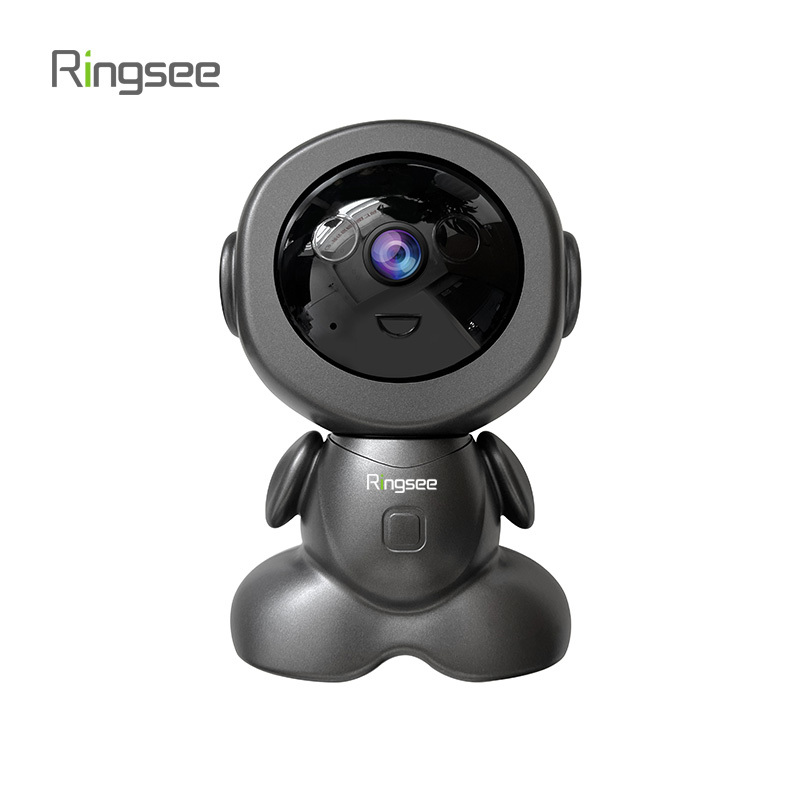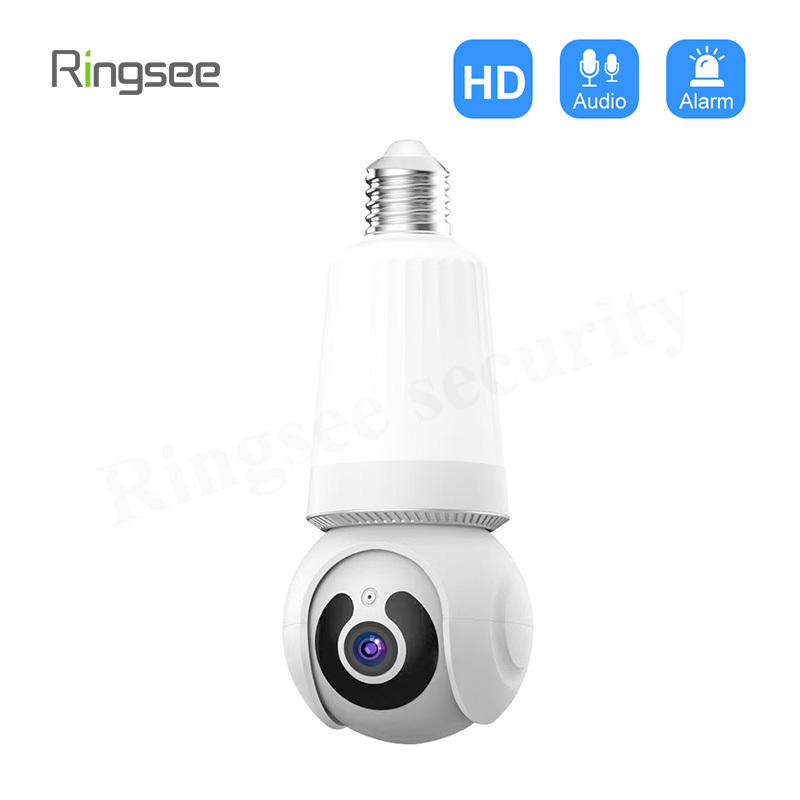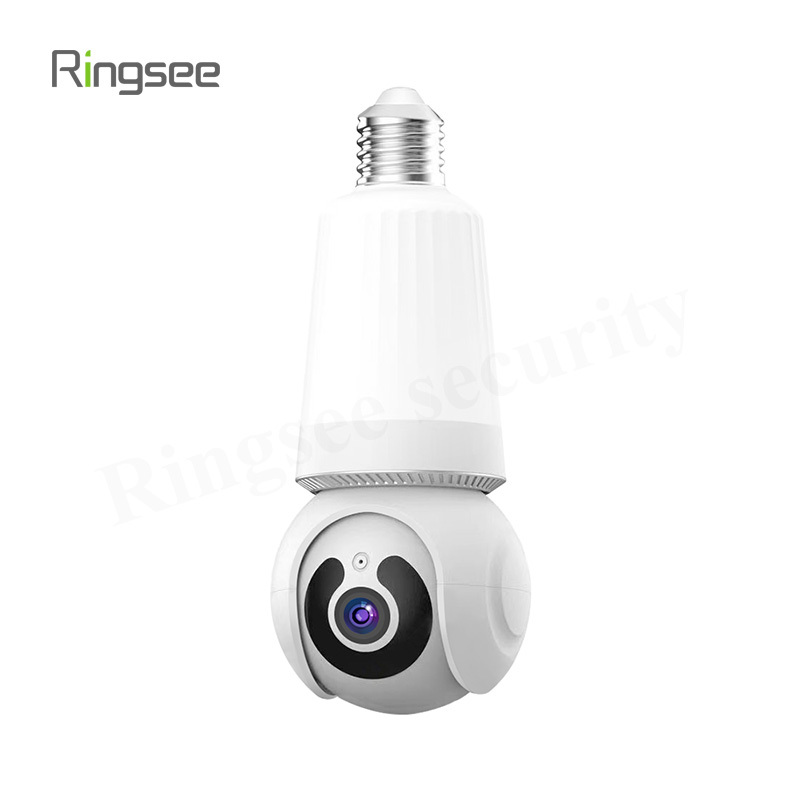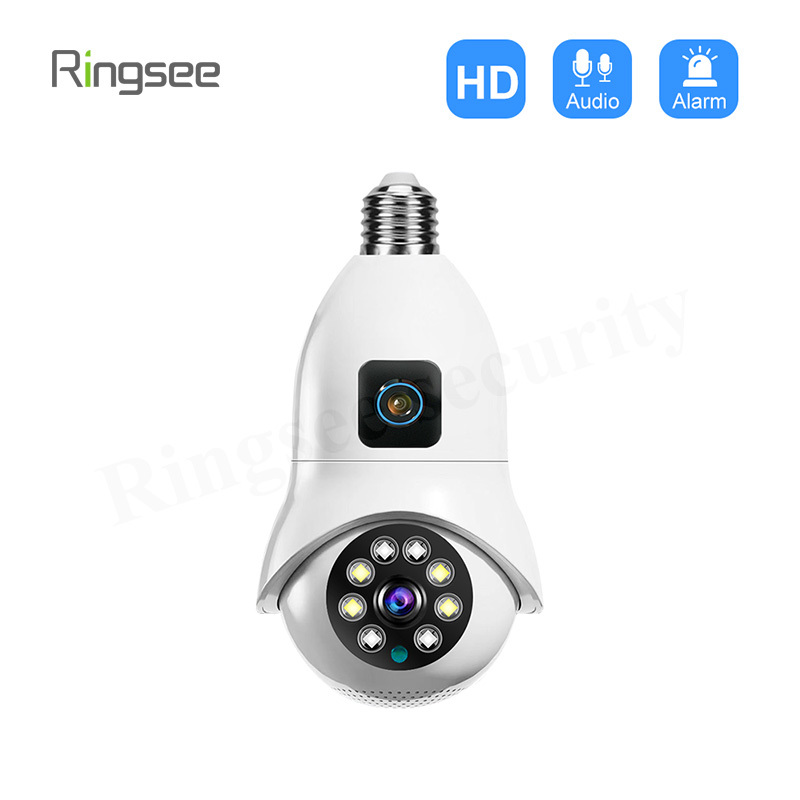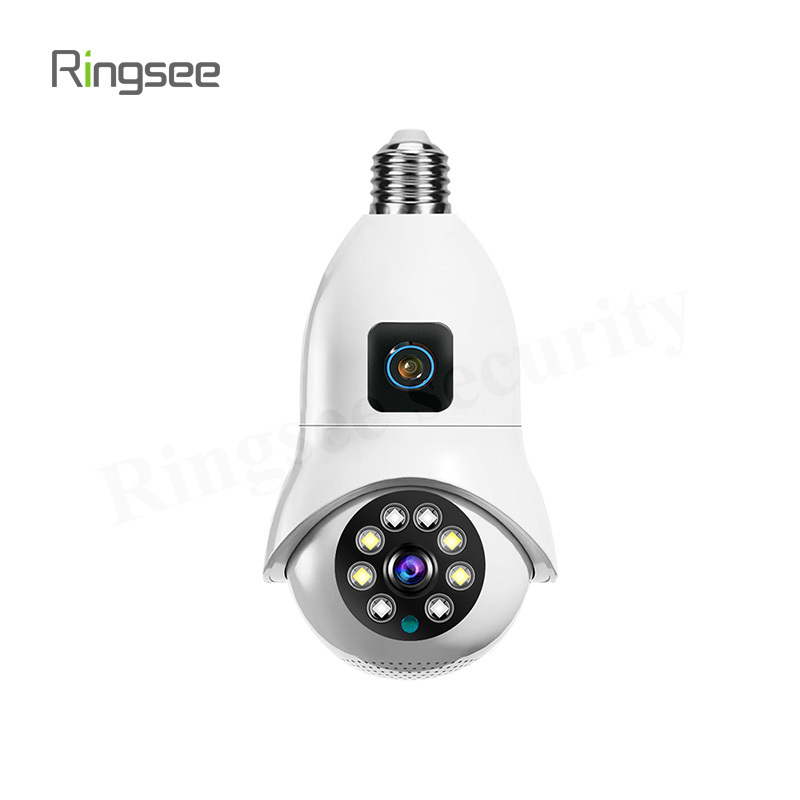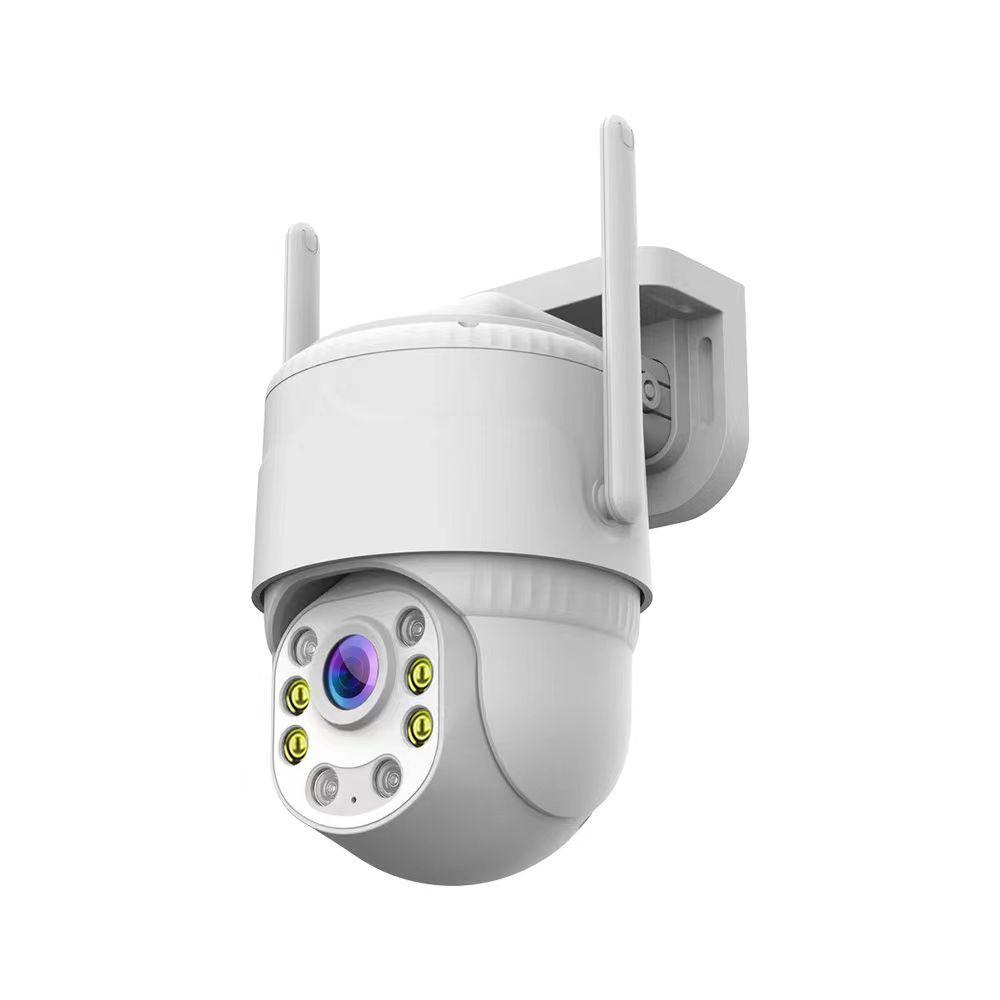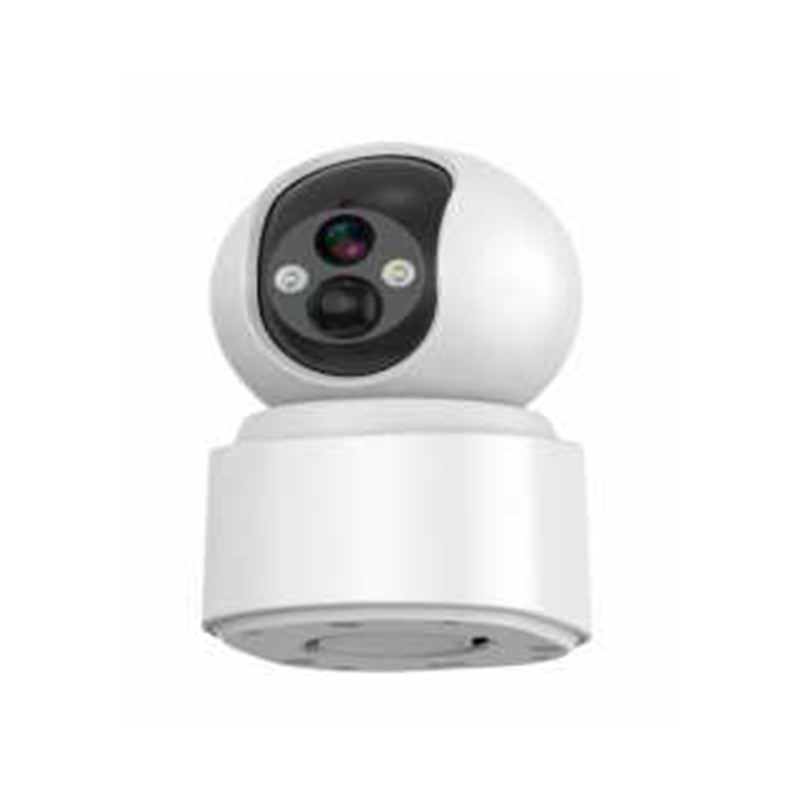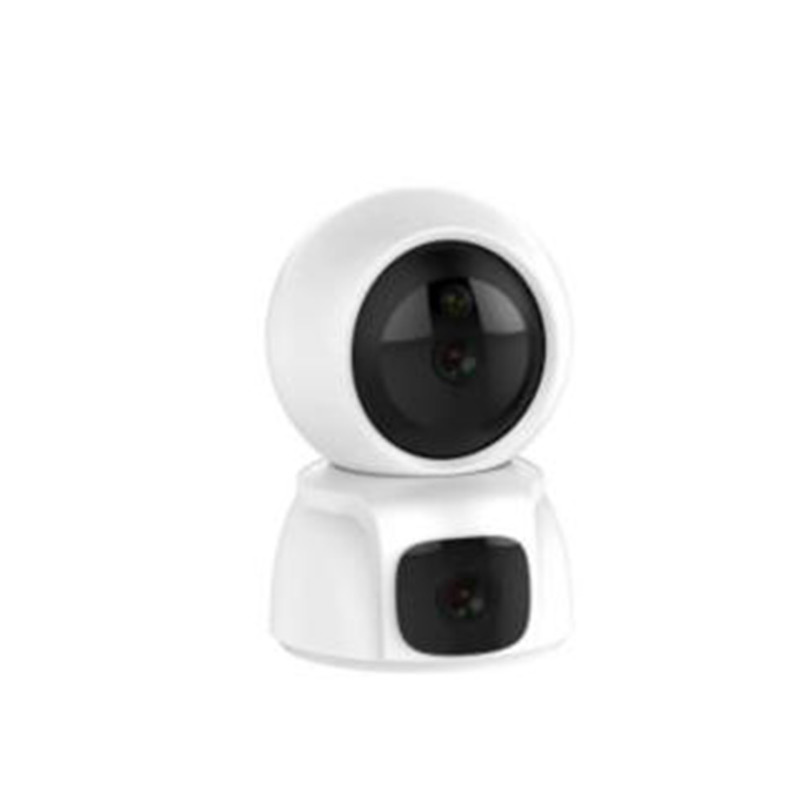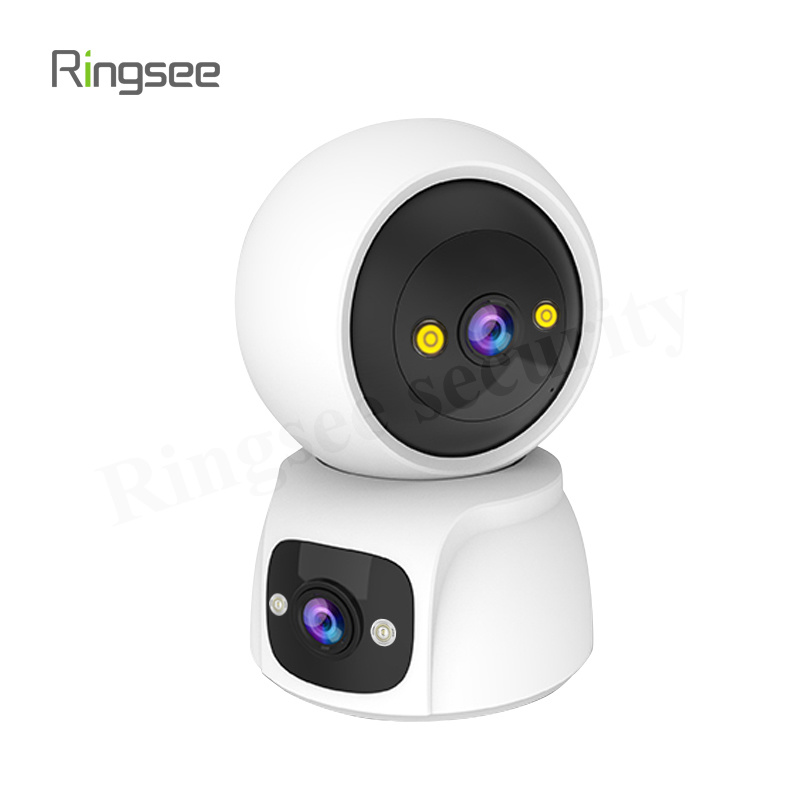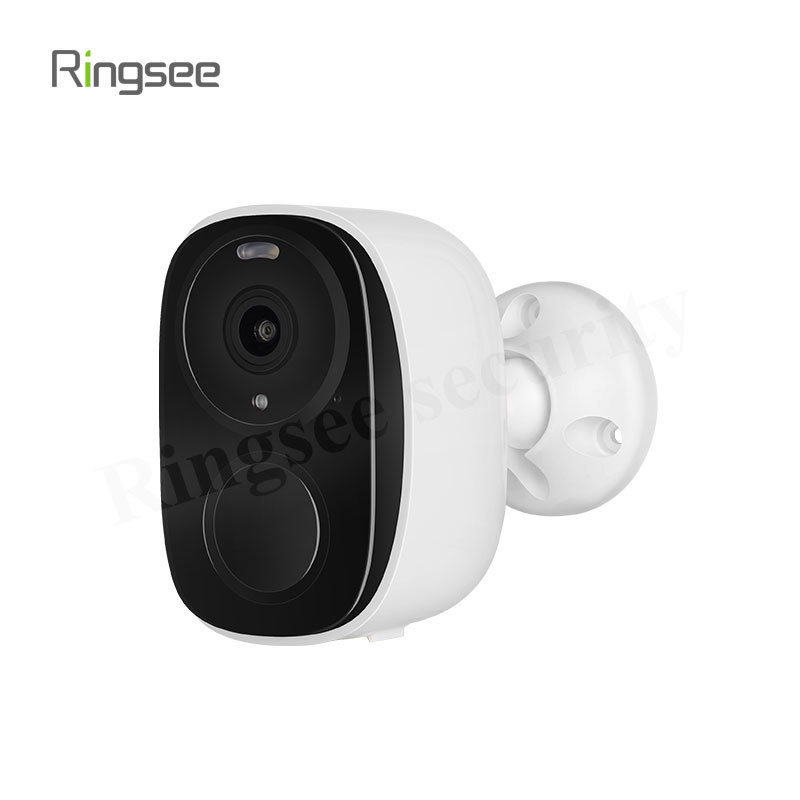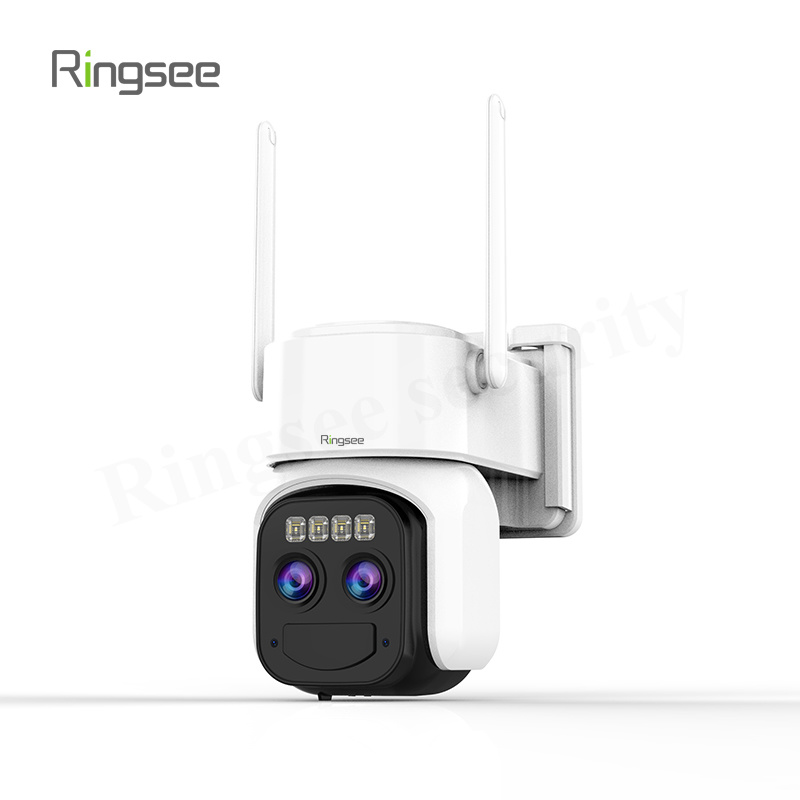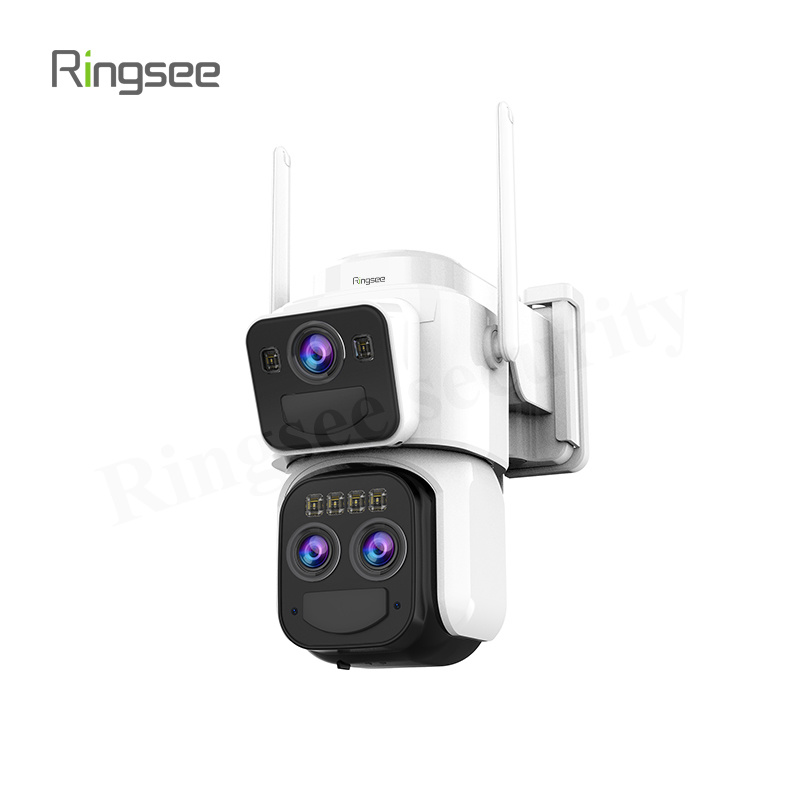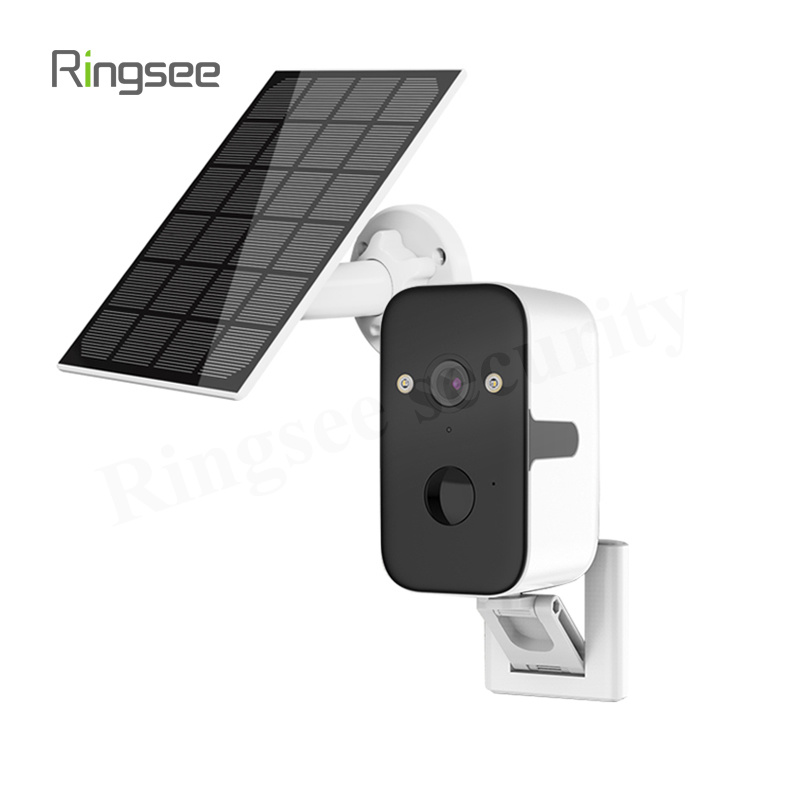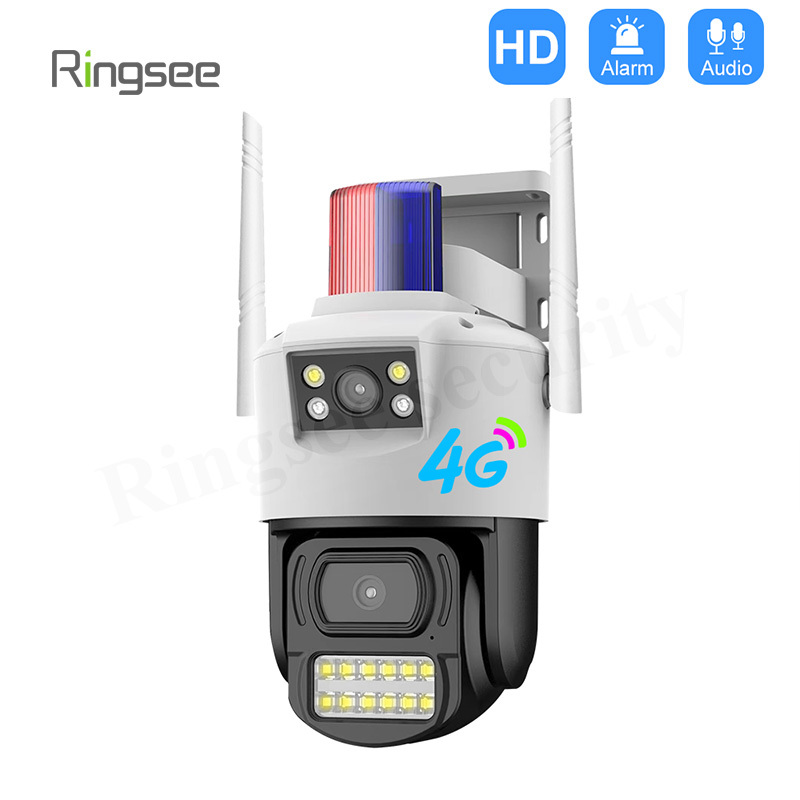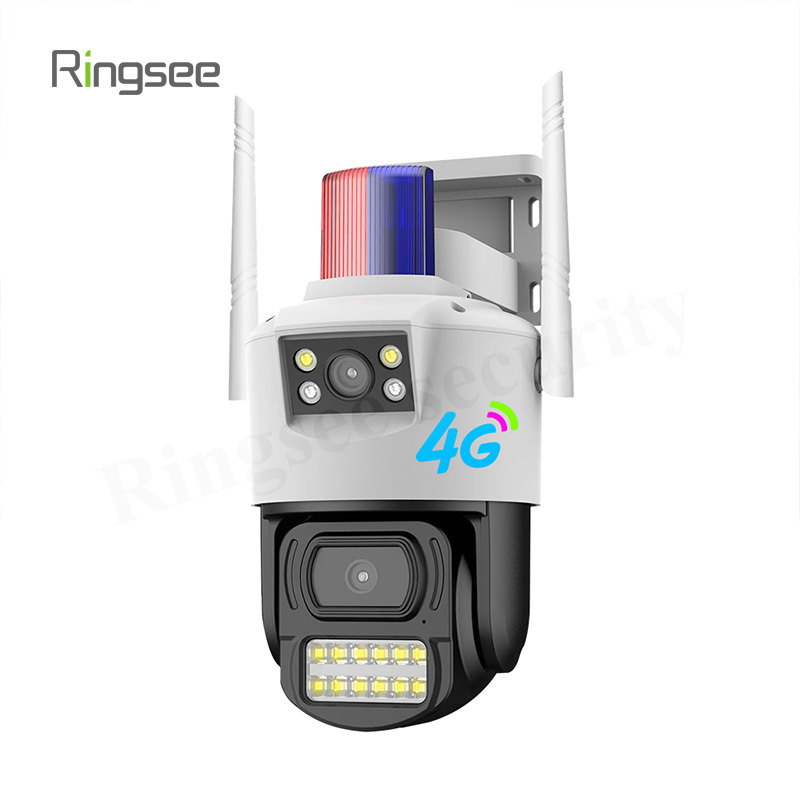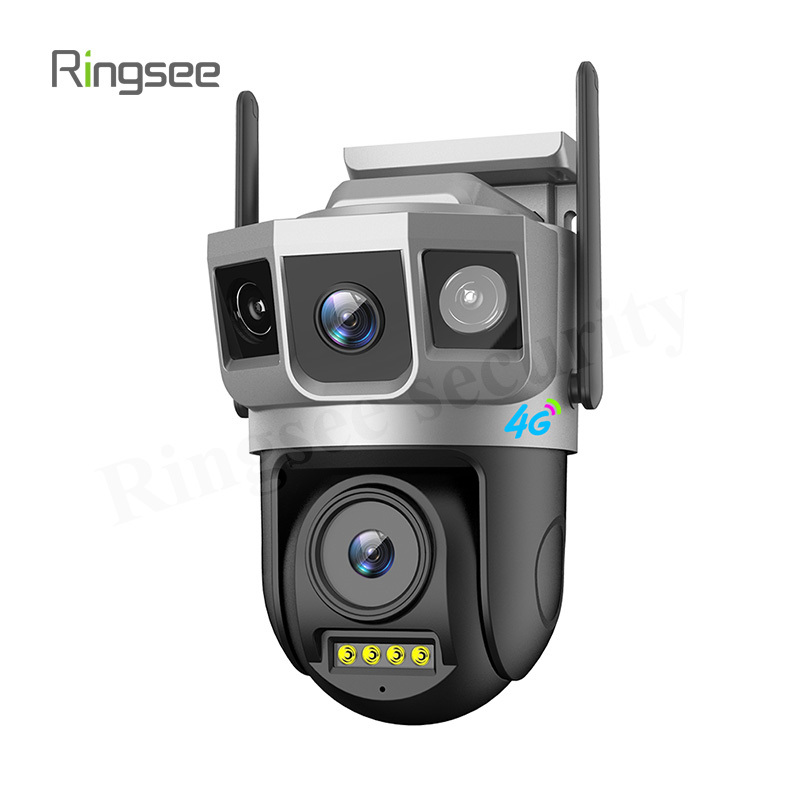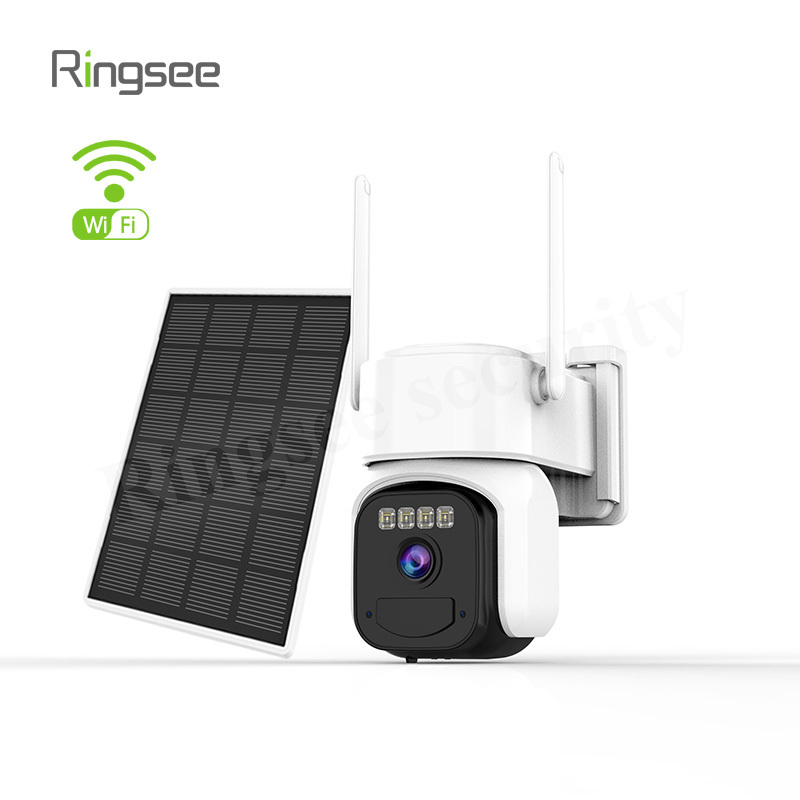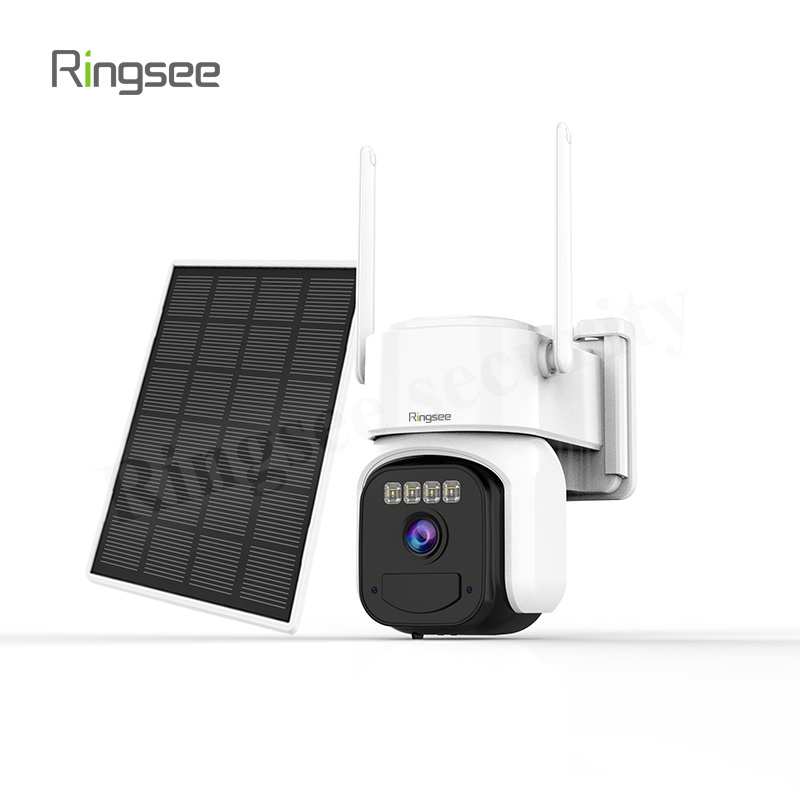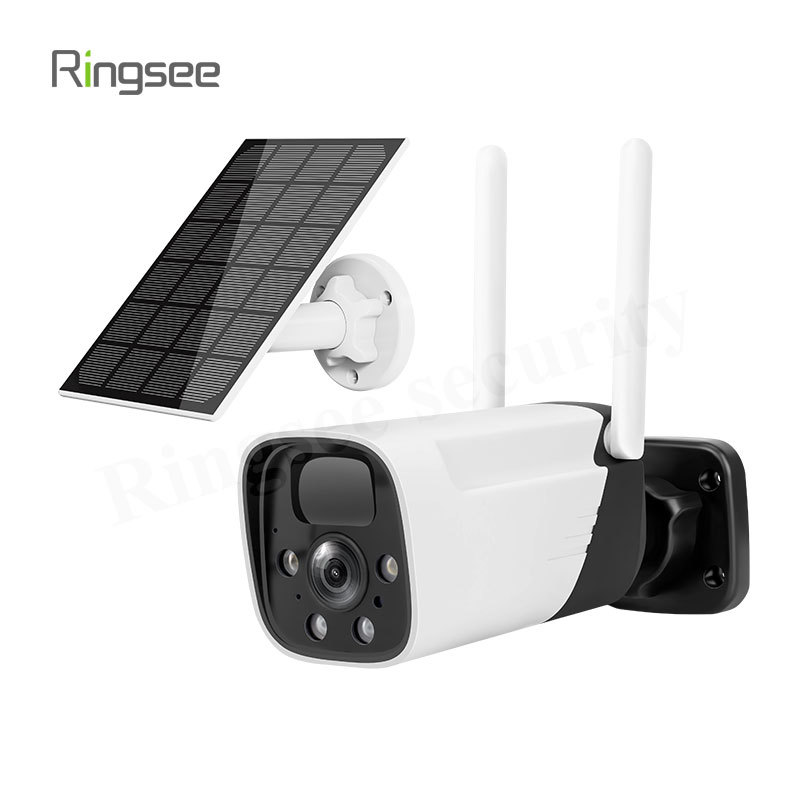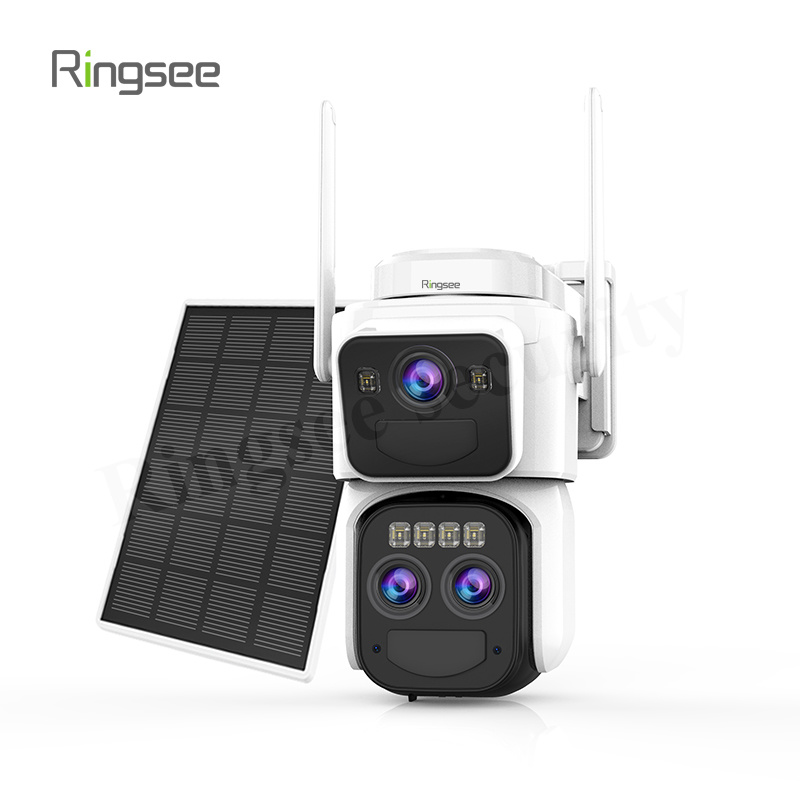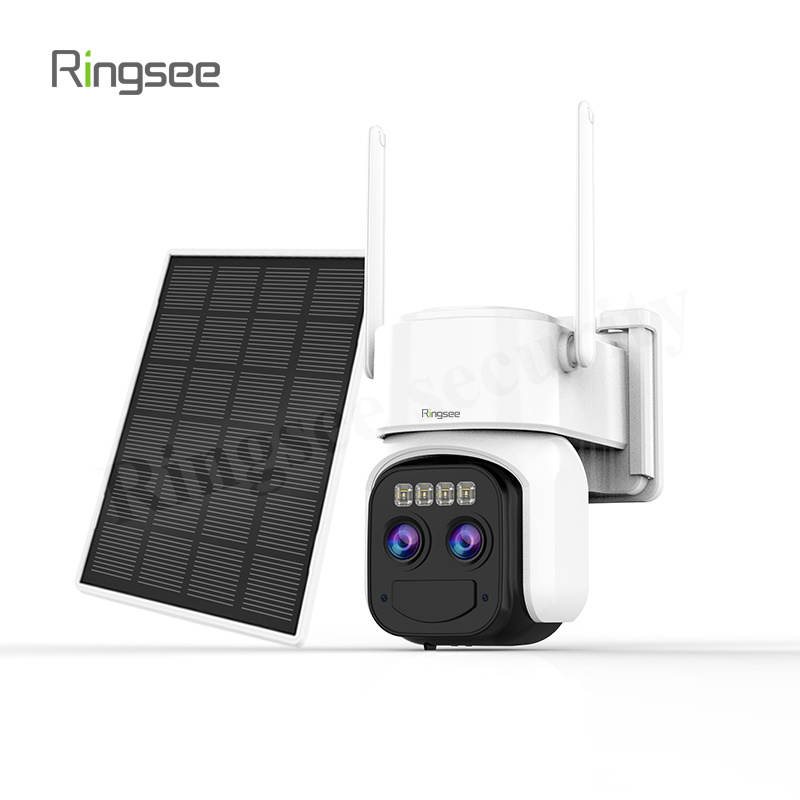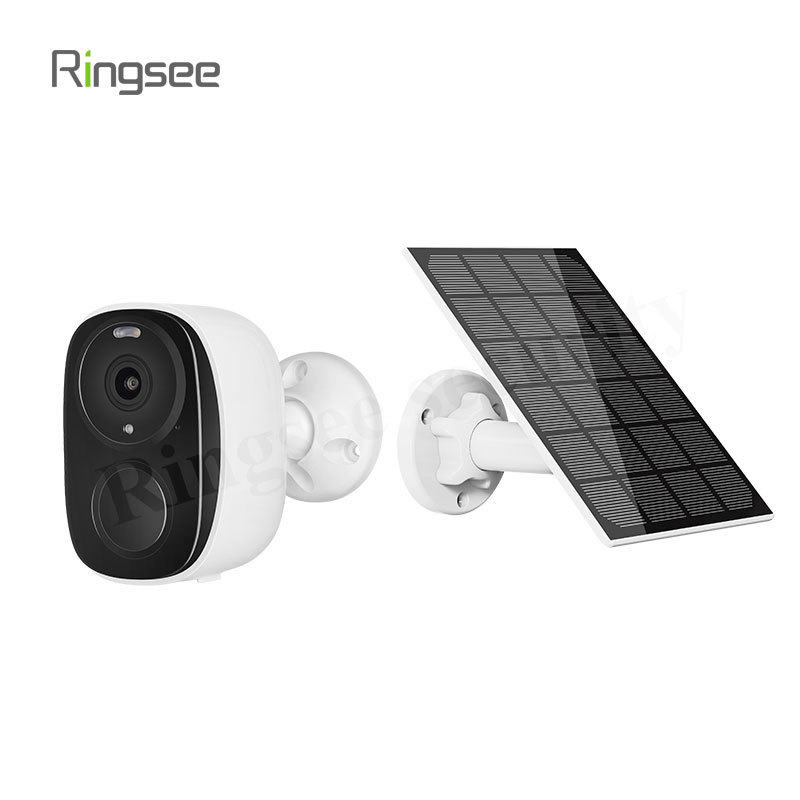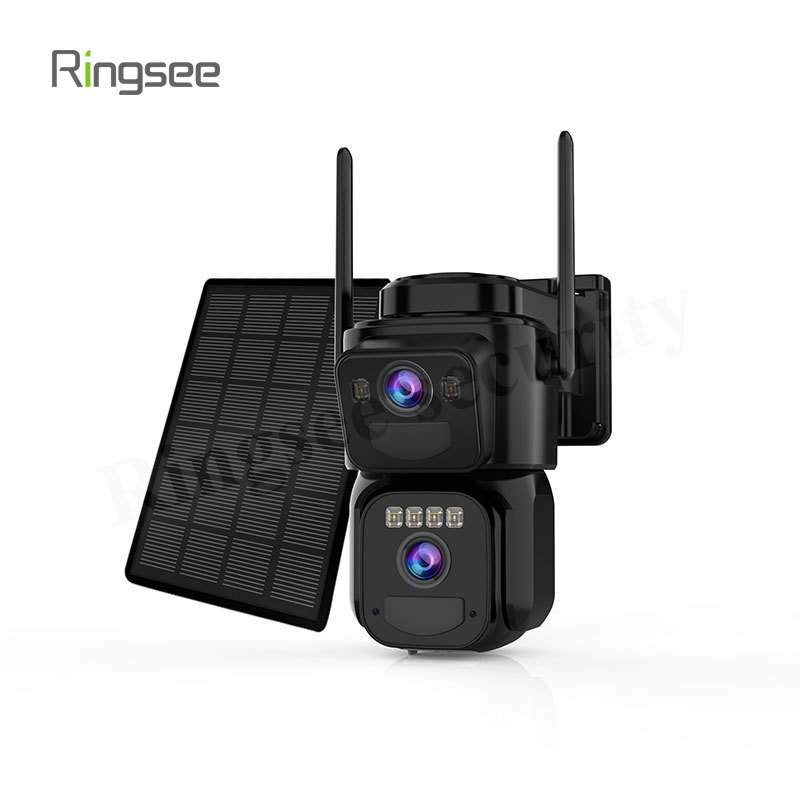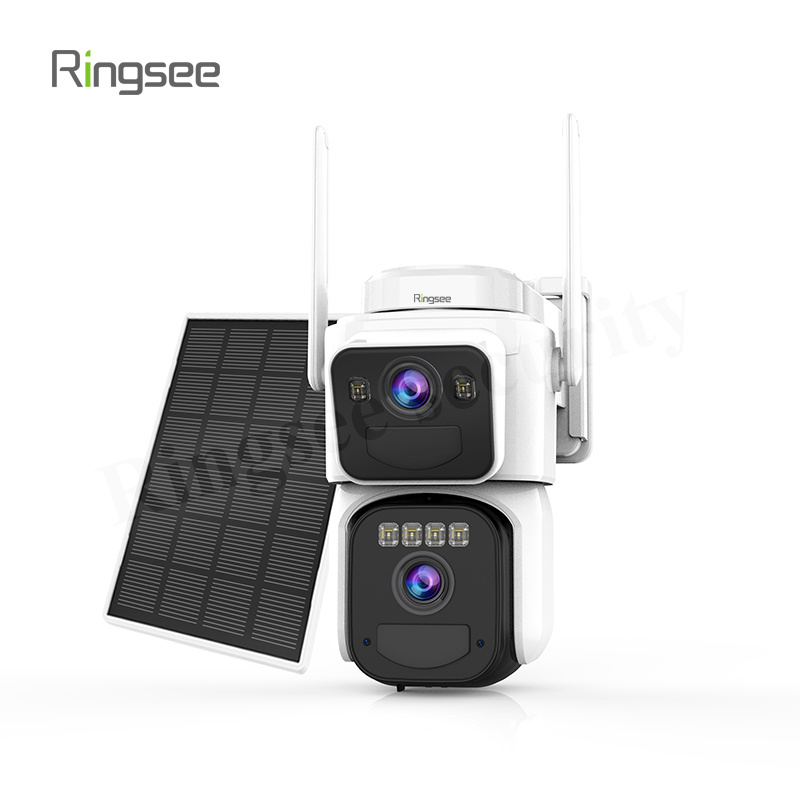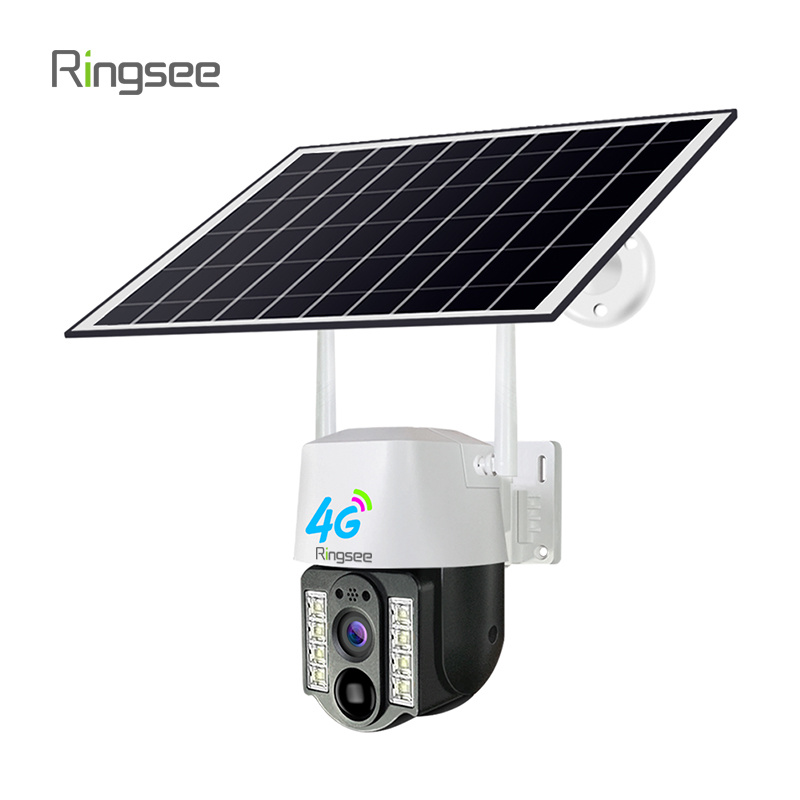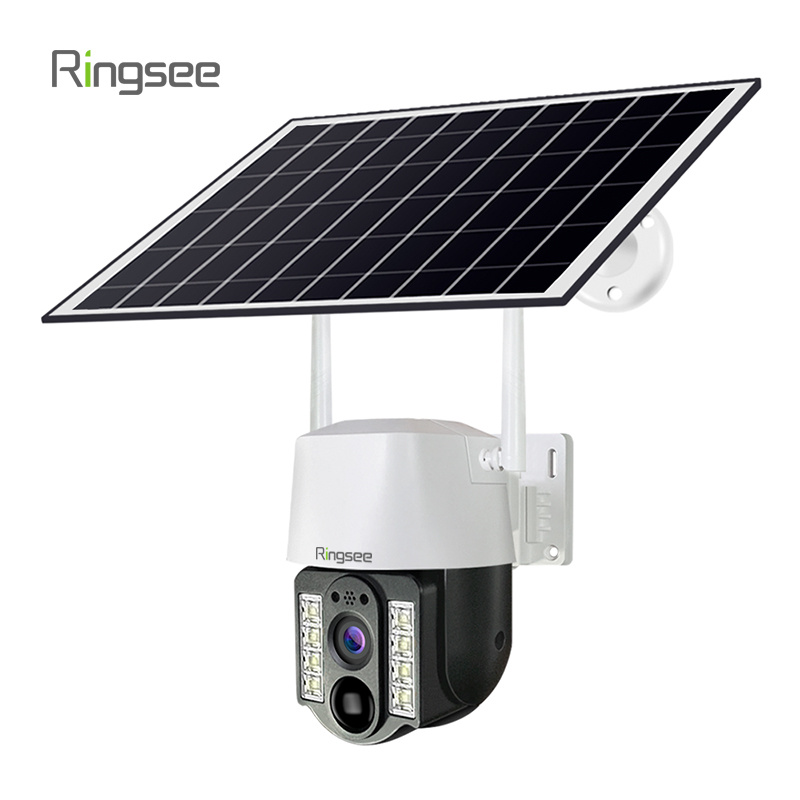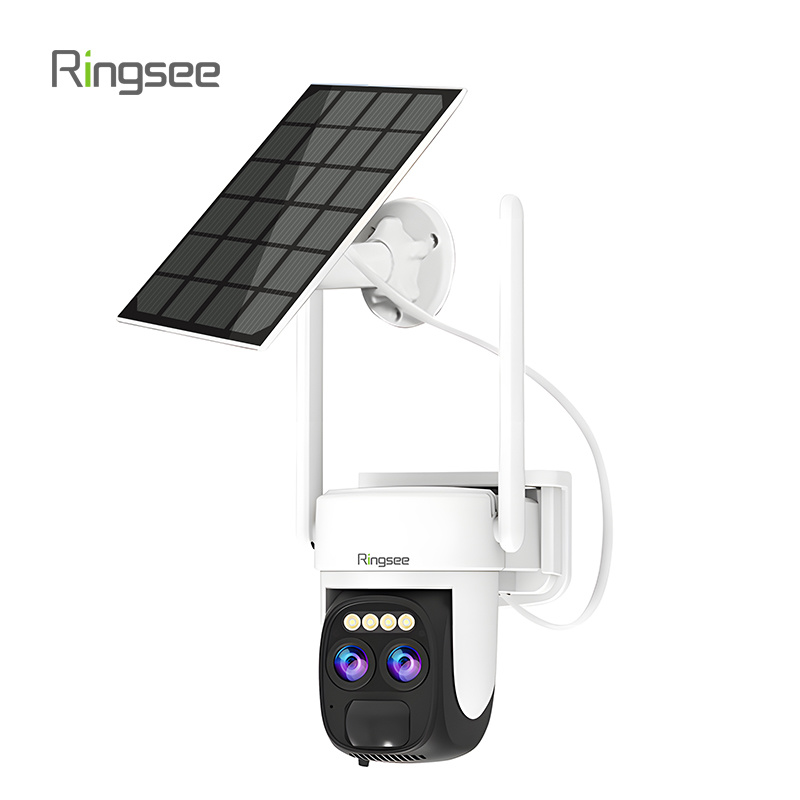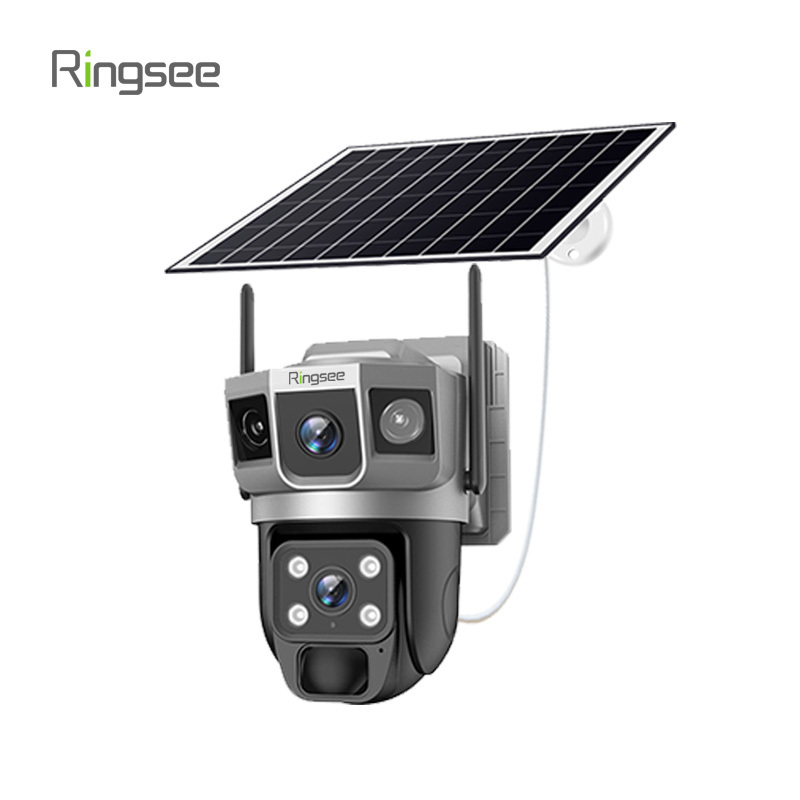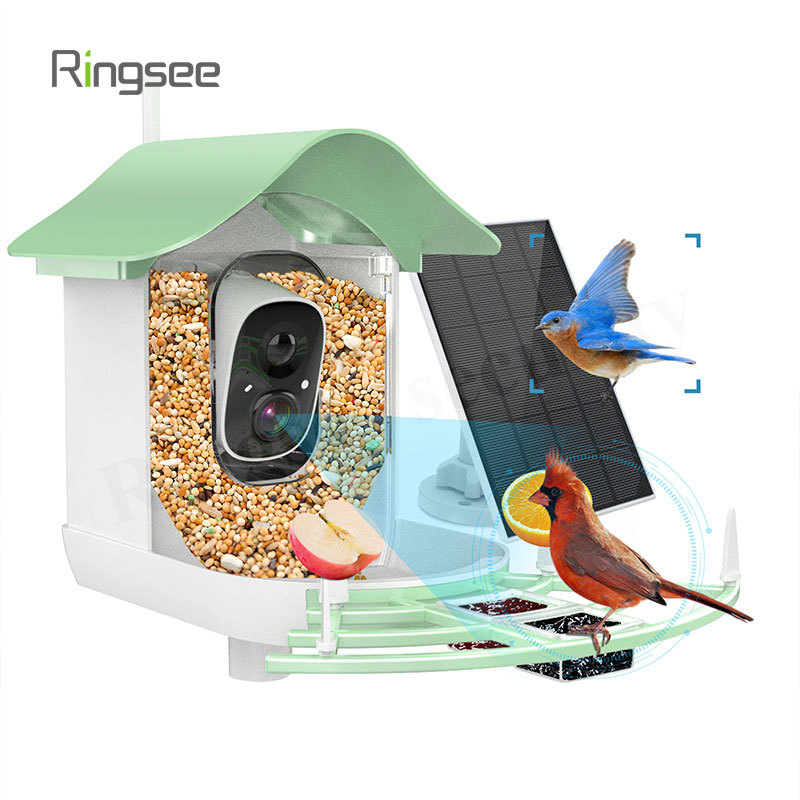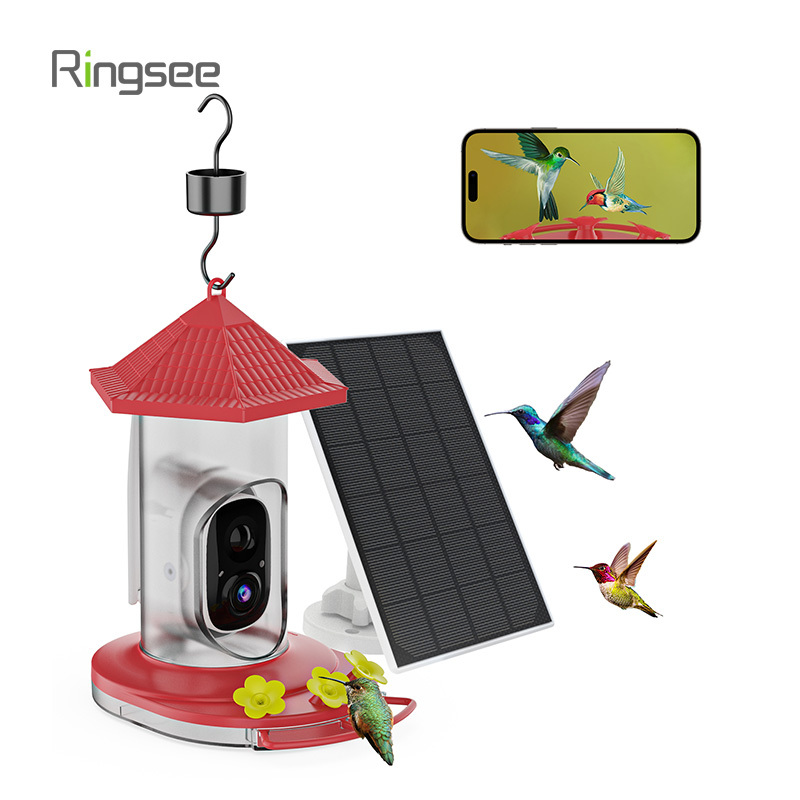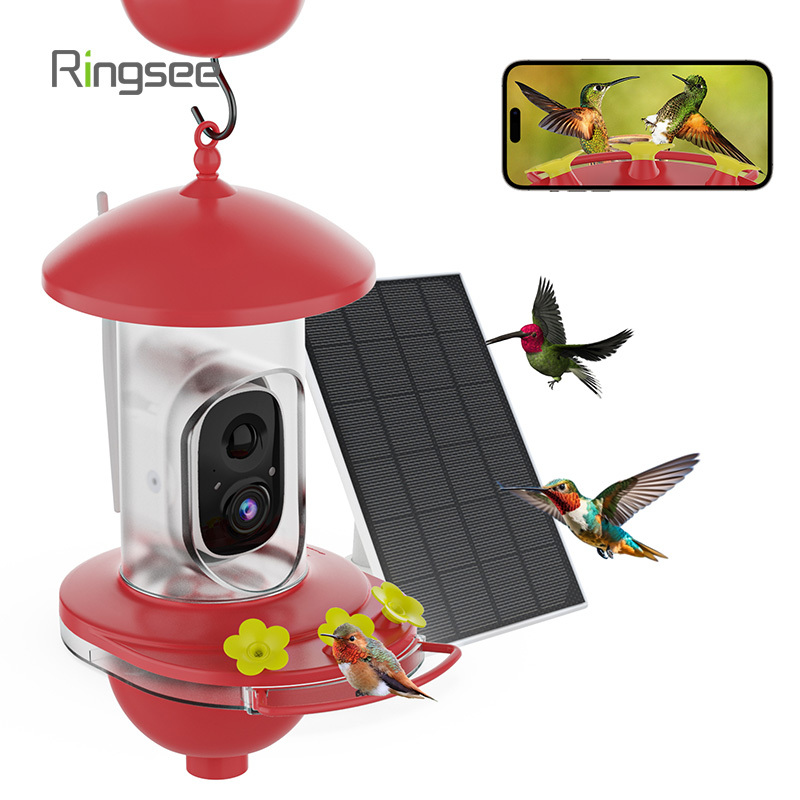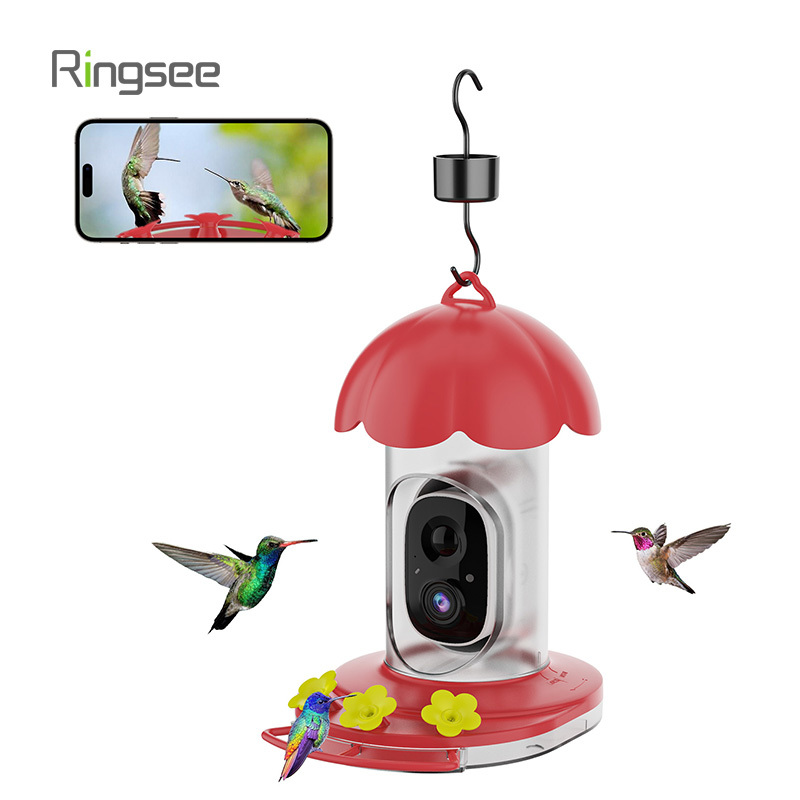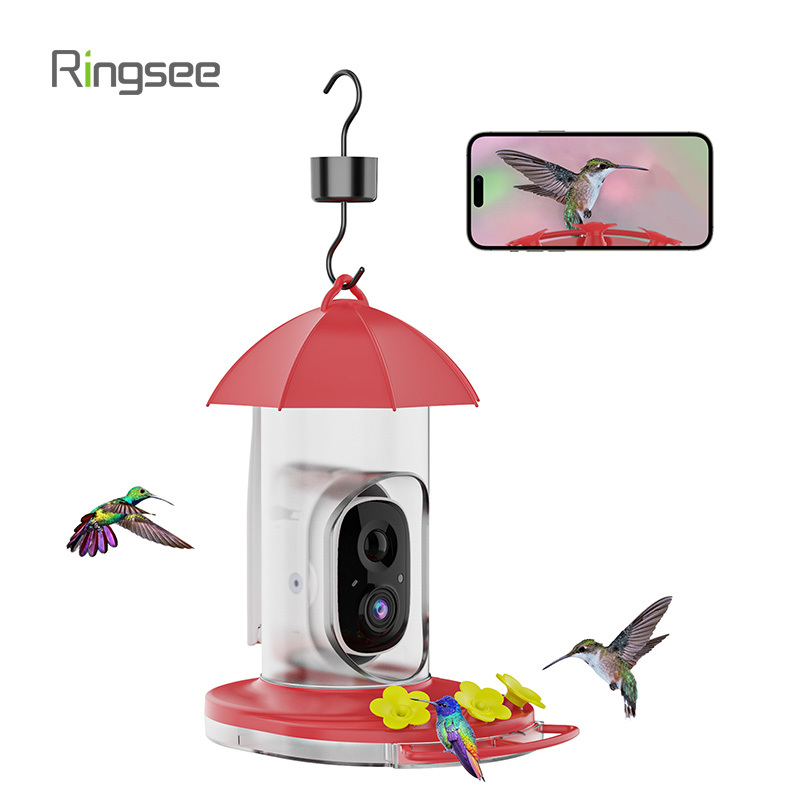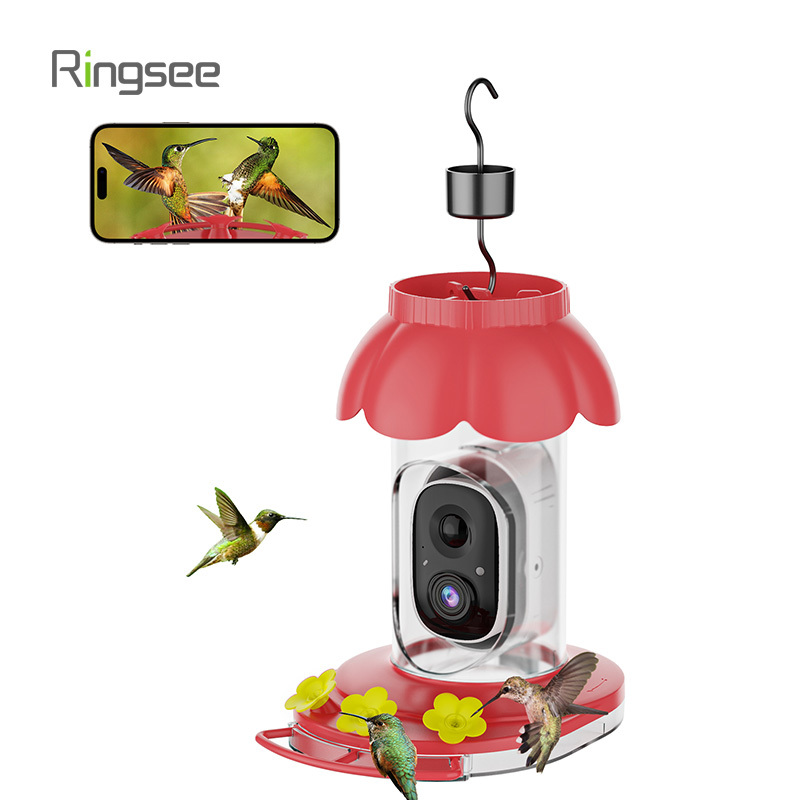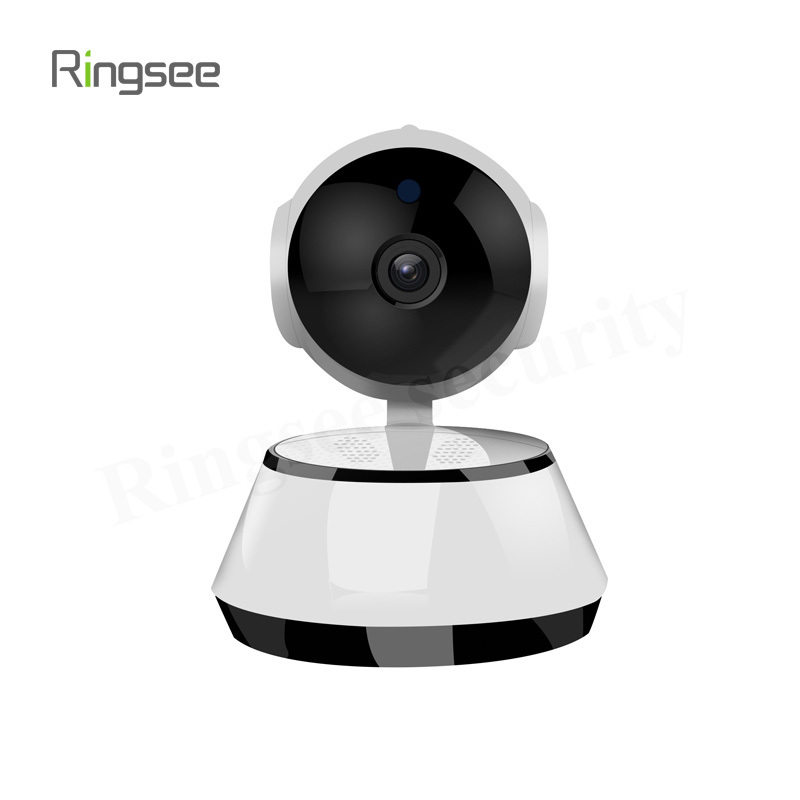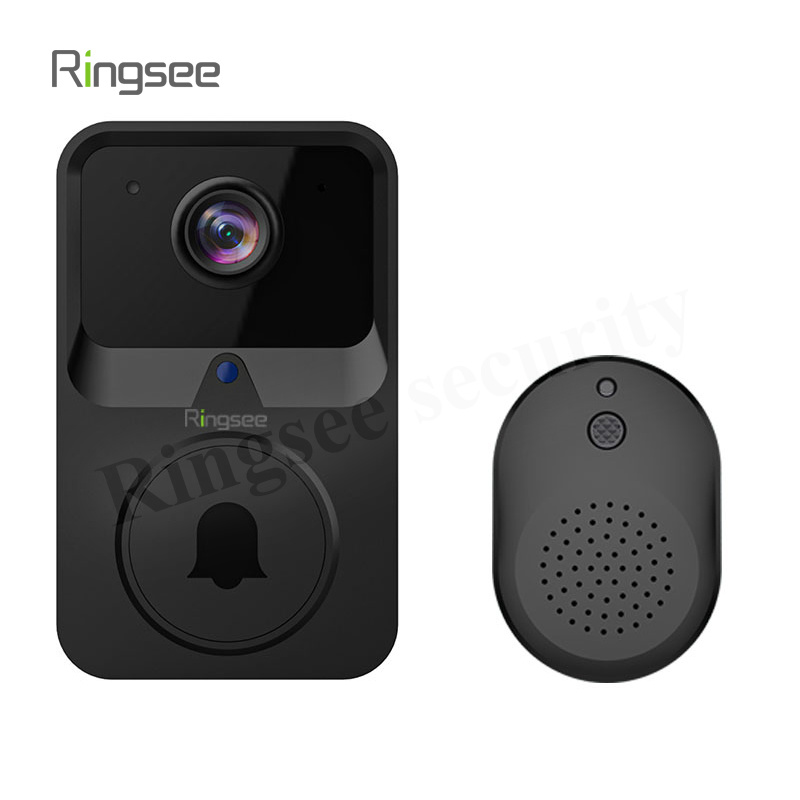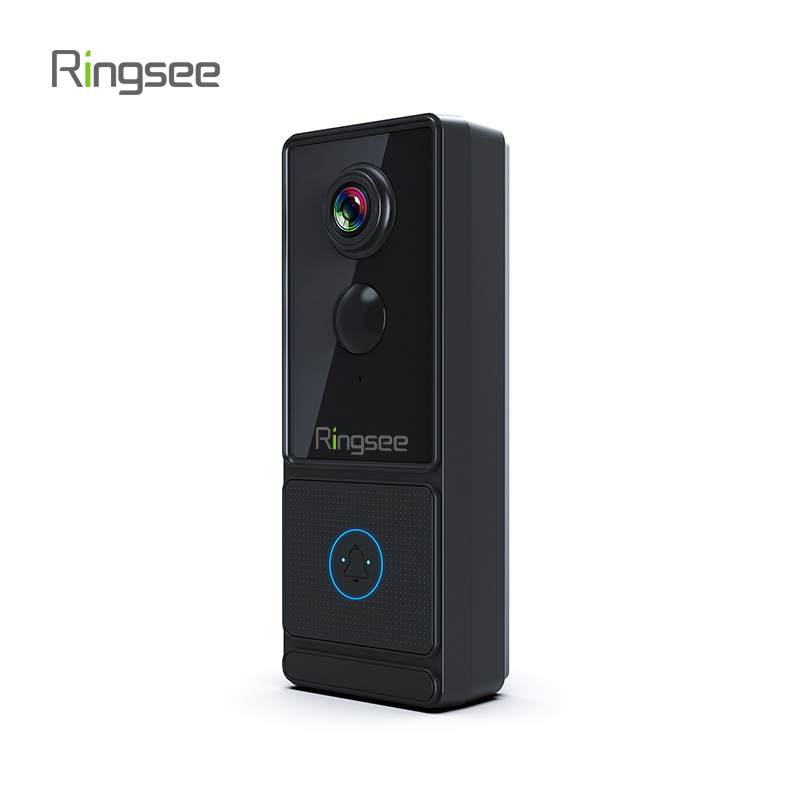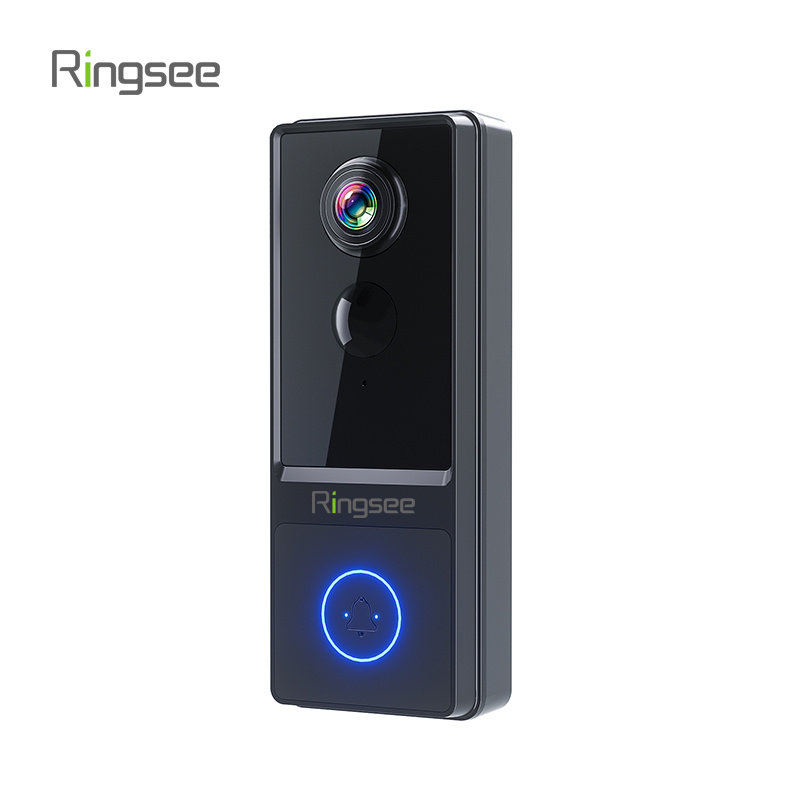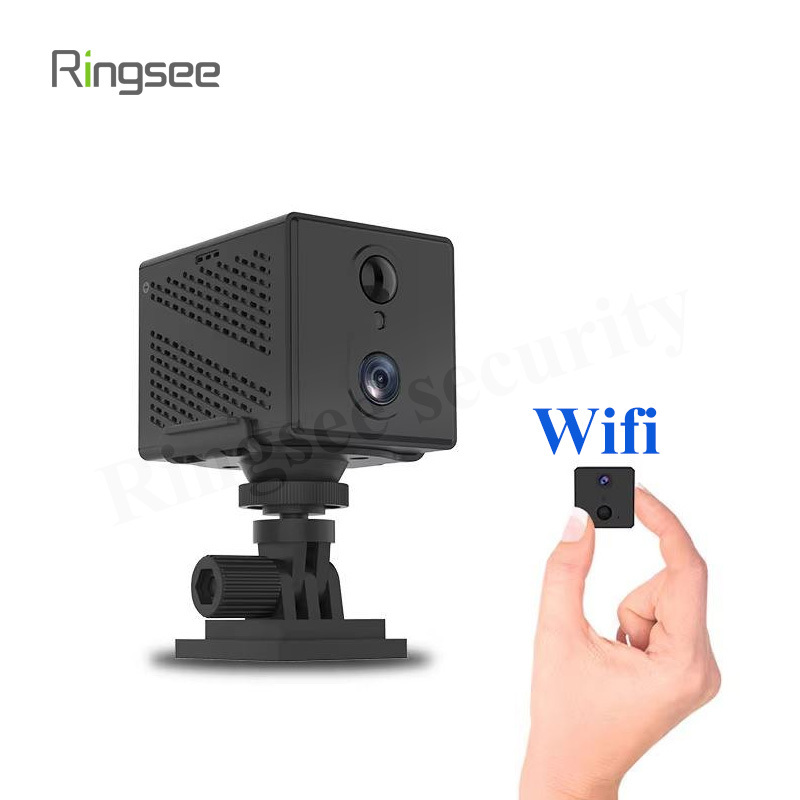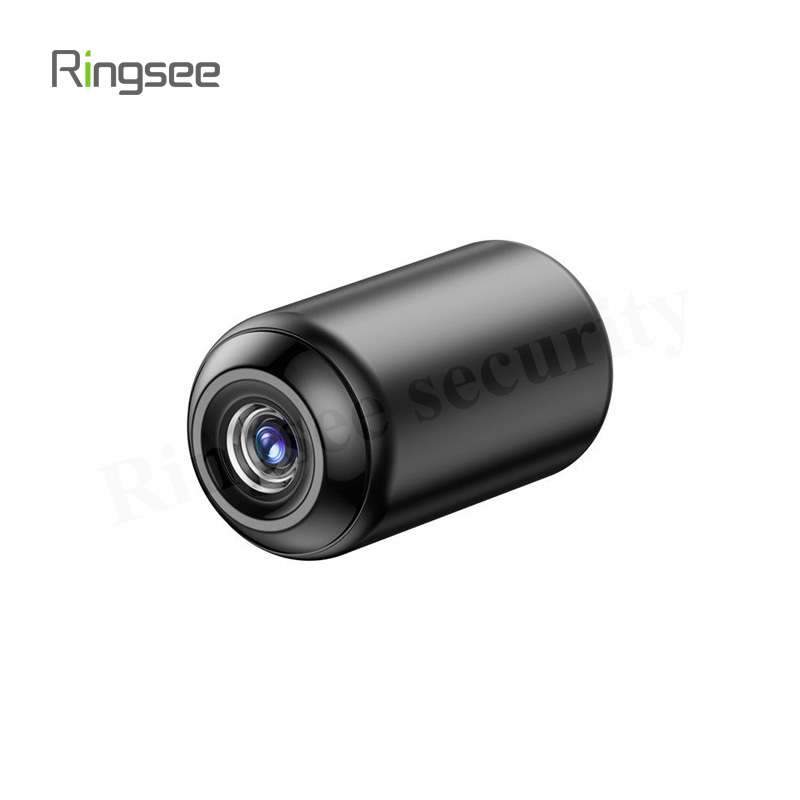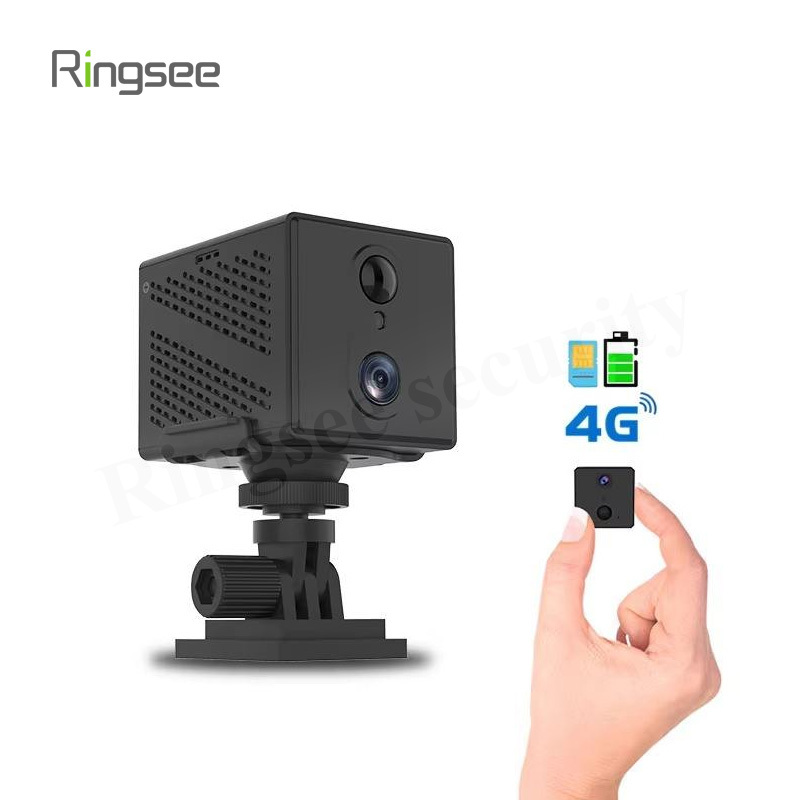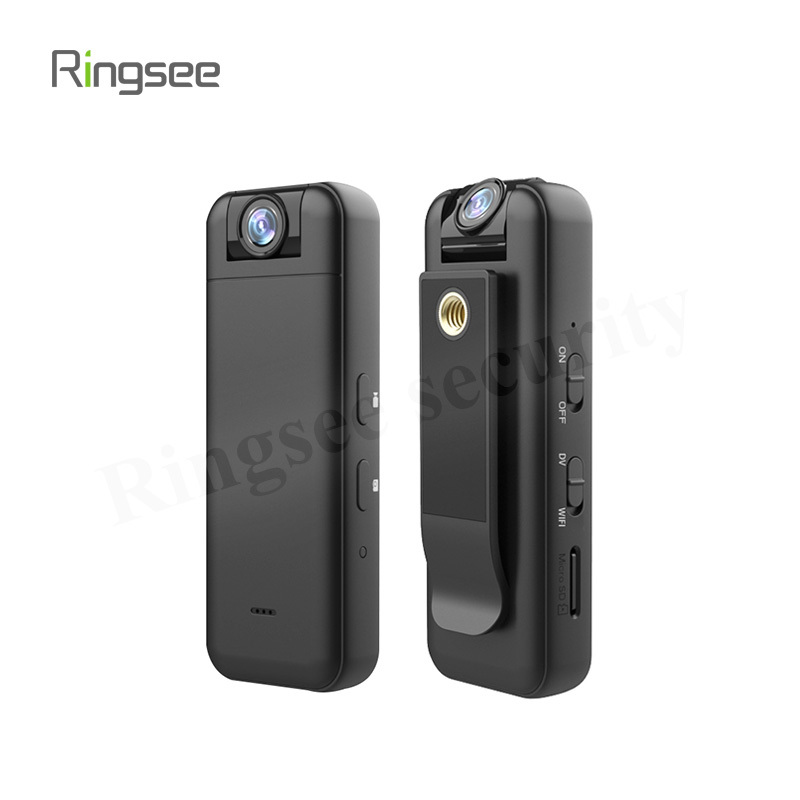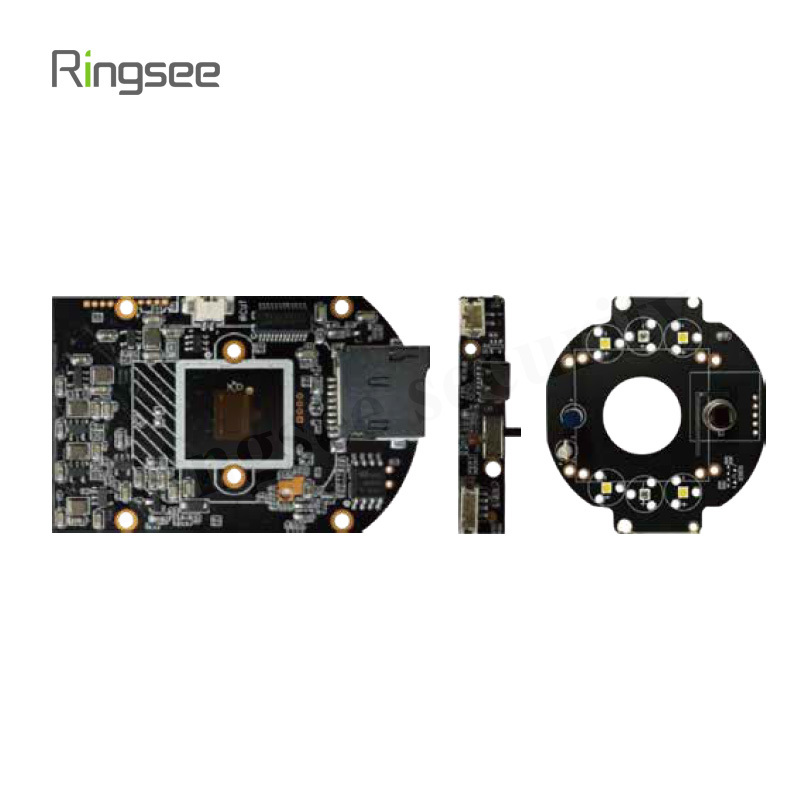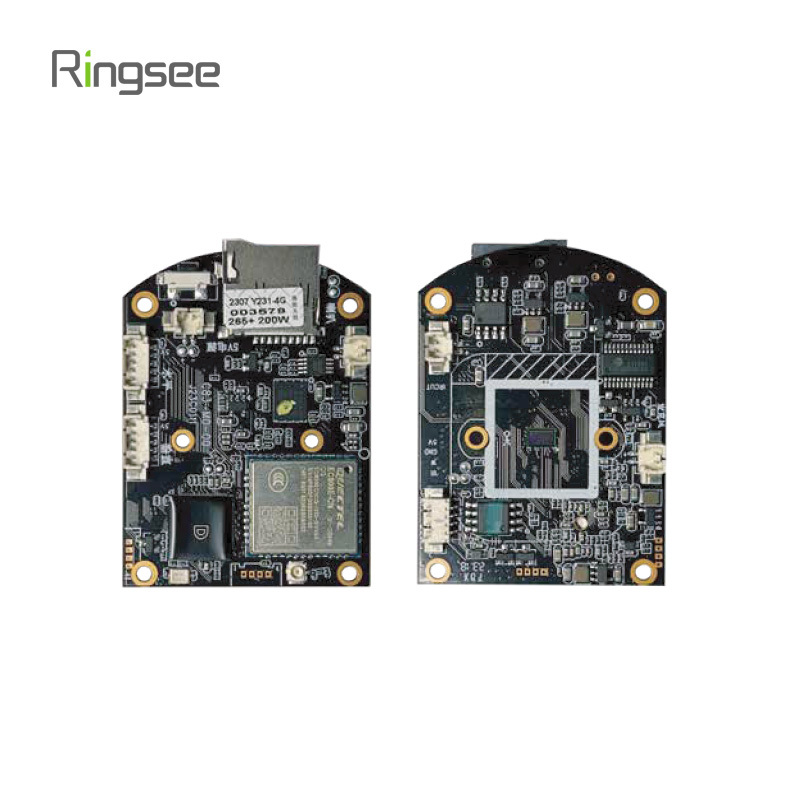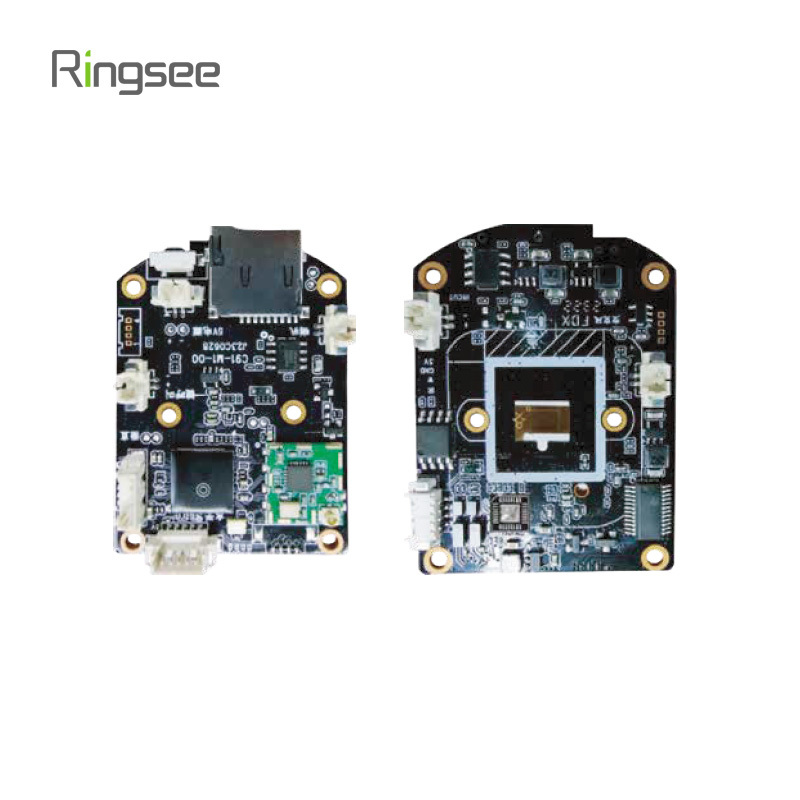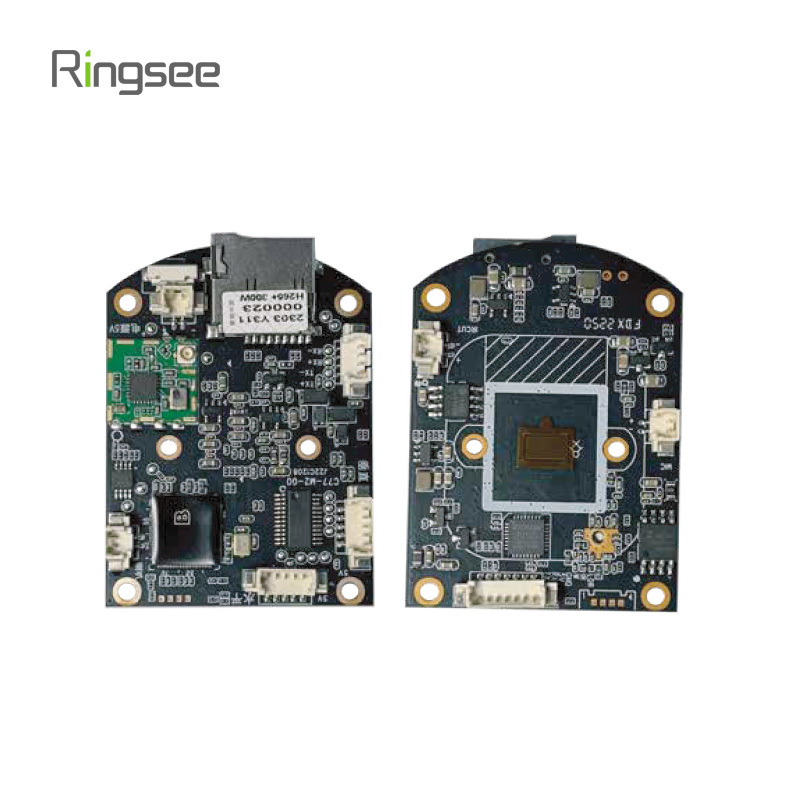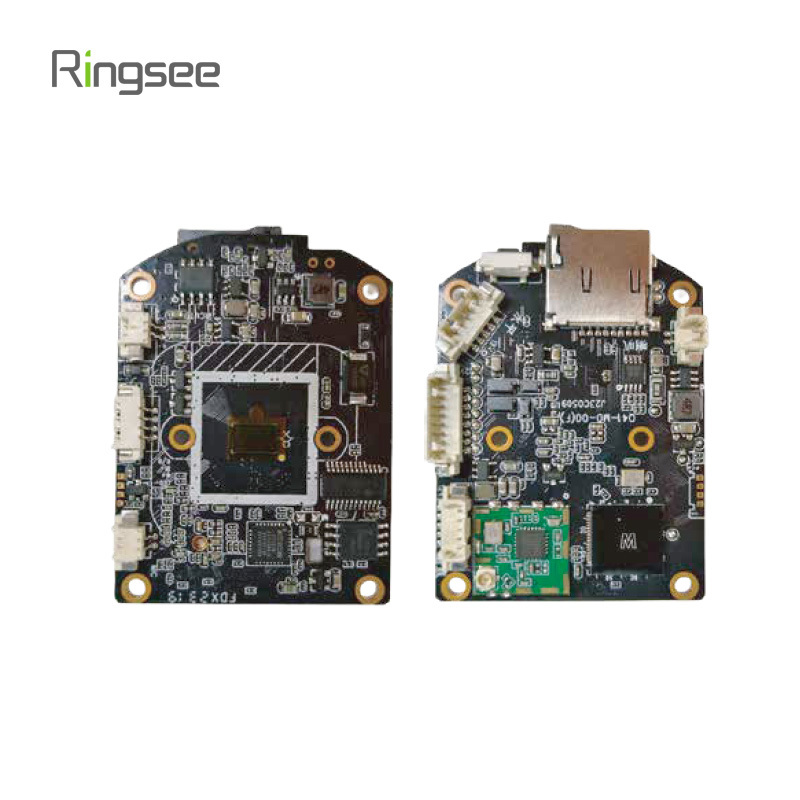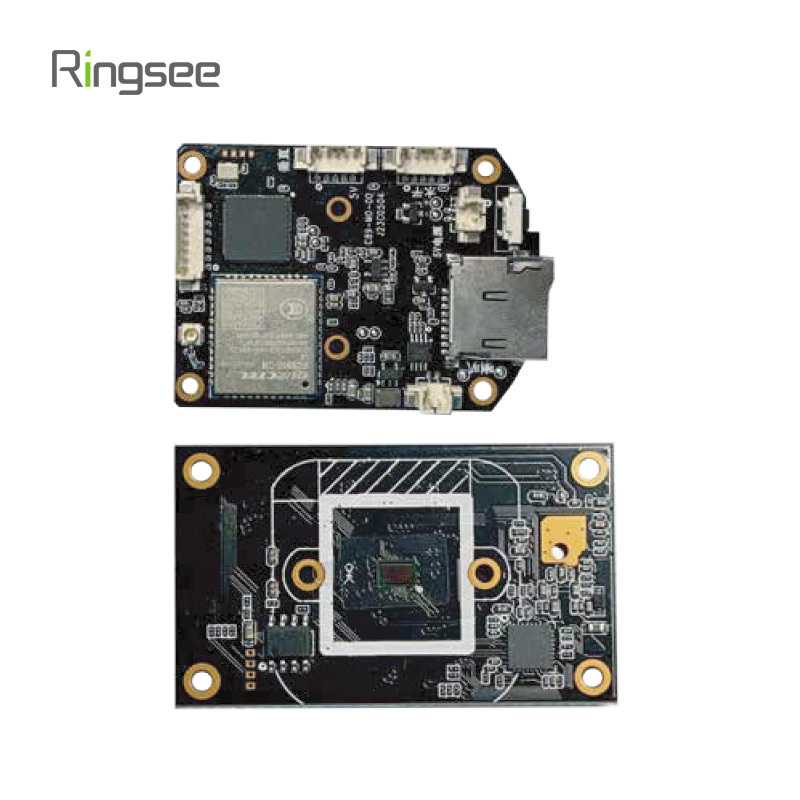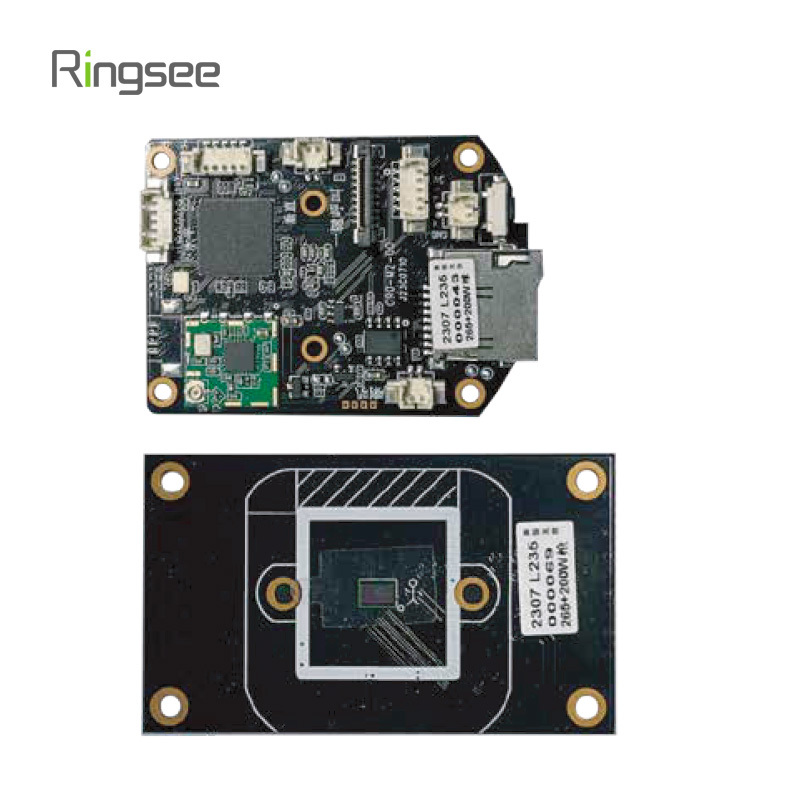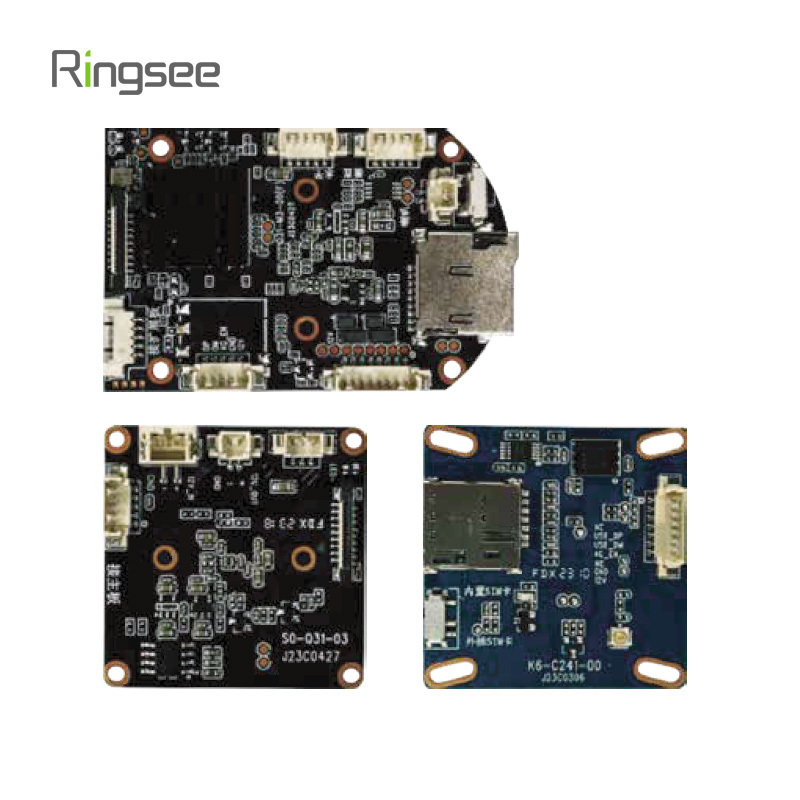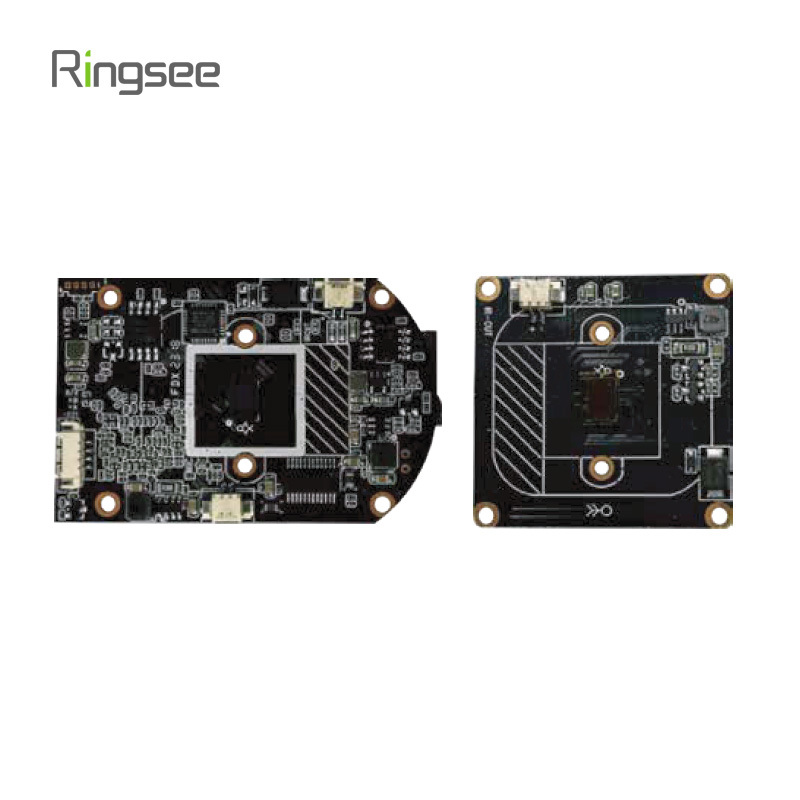How to Find Top Mini Camera Manufacturers in China: 5 Leading Suppliers & Buyer’s Guide
Publish:
2025-10-15 15:35
Source:
https://www.ring-see.com
In an age where surveillance, IoT, security, and wearable imaging devices are booming, mini cameras have become a hot component. If you're a buyer, brand owner, or importer looking to source from China, knowing how to identify trustworthy manufacturers is critical. In this article, we’ll introduce five notable Chinese mini-camera / imaging firms, but more importantly, walk you through the steps and best practices to find and vet your ideal supplier.
Why Source Mini Cameras from China?
China remains a global hub for electronics manufacturing thanks to:
Scale & supply chain maturity — China has well-developed upstream component networks (optics, sensors, PCBs, casing).
Competitive costs — Despite rising labor and compliance costs, China often remains cost-competitive compared to new regions.
Specialization — Certain regions and factories specialize in cameras, modules, or surveillance electronics.
Export experience & compliance — Many Chinese manufacturers already export globally and maintain certifications (CE, FCC, RoHS) for overseas markets.
That said, risks remain: quality inconsistency, intellectual property (IP) protection concerns, communication gaps, and regulatory or import issues. A structured sourcing method helps mitigate these.
5 Chinese Mini Camera / Imaging Suppliers to Know
Below are five companies (or brands) in China that are active in the mini camera, security camera, or imaging space. They illustrate the range from large-scale to niche specialists. Use them as reference benchmarks rather than direct guarantees.
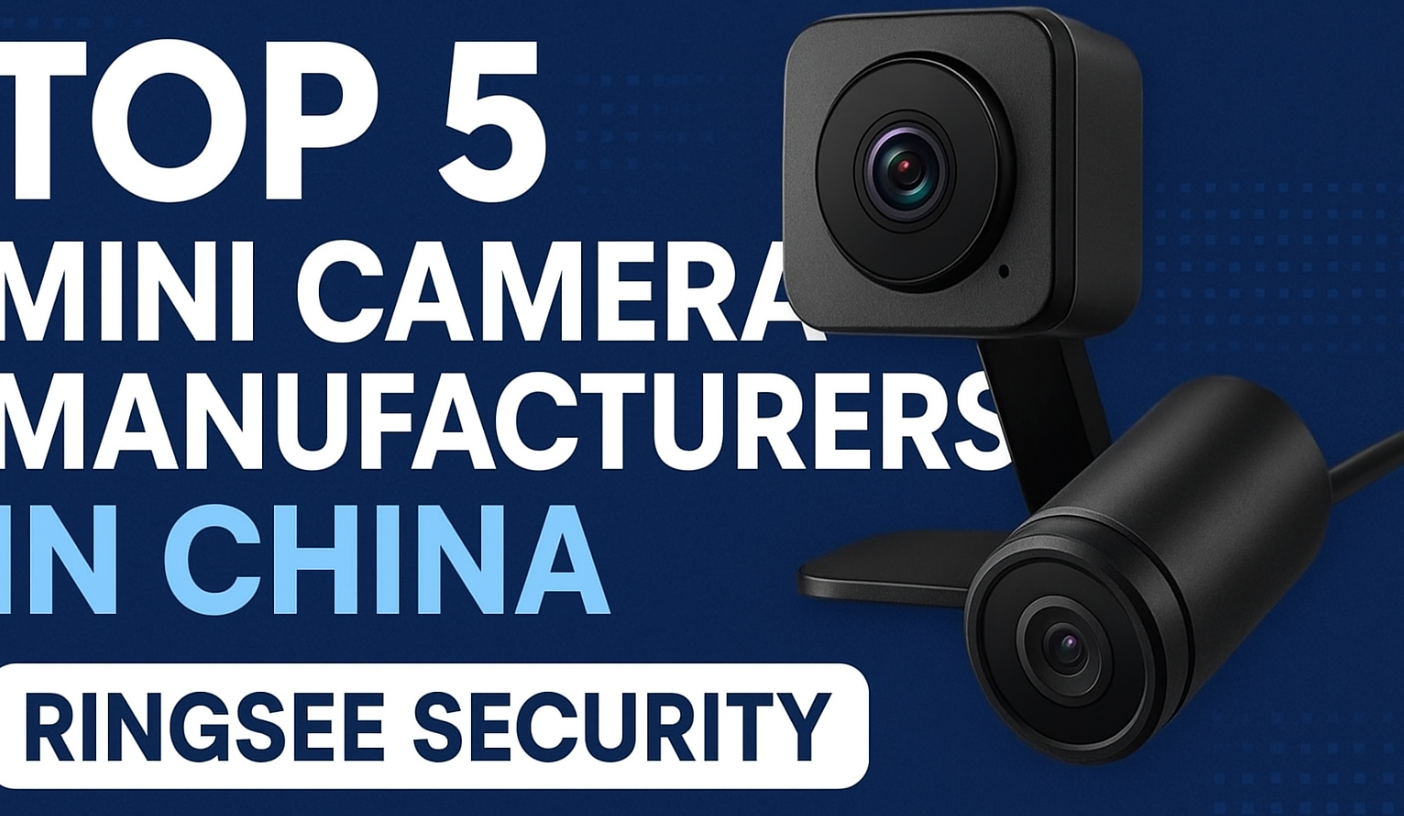
Hikvision (Hangzhou Hikvision Digital Technology Co., Ltd.)
One of the largest global surveillance camera firms based in Hangzhou, with broad product lines (IP cameras, network systems, modules).
Why relevant: Their scale and R&D investment set a lofty benchmark for what large, vertically integrated OEMs can offer.
Dahua Technology
A major peer of Hikvision, Dahua offers IP, analog, thermal, and smart camera solutions.
Why relevant: Massive production capacity, global distribution, strong after-sales structure.
Uniview Technologies (Zhejiang Uniview)
Focused primarily on IP surveillance and imaging, headquartered in Hangzhou.
Why relevant: More specialized than broad conglomerates, potentially more responsive for niche or module work.
InfiRay (IRay / InfiRay Technology Co., Ltd.)InfiRay(IRay/InfiRay Technology Co., Ltd.)
Specialized in infrared and thermal imaging, including very compact or module-level thermal sensors.
Why relevant: If your “mini camera” includes infrared or thermal components, InfiRay is a leading specialist.
YI Technology (Xiaoyi / YI Camera)
A consumer-electronics brand producing home security and action camera solutions.
Why relevant: As a brand doing mini and compact cameras for consumers, they sometimes work with external manufacturers or can illustrate design trends.
Note: These are higher-profile firms. Many buyers of mini camera modules work with small to mid-tier OEM/ODM factories that are not globally known but may offer greater flexibility.
How to Find & Vet Mini Camera Manufacturers in China: Step-by-Step
Below is a practical roadmap for prospective buyers.
1. Clarify Your Requirements

Before you search, define:
Sensor type (CMOS, infrared, thermal, etc.)
Resolution, FPS, lens, field of view
Power / power source constraints
Interface (analog, digital, WiFi, USB, CSI, etc.)
Certifications required (CE, FCC, RoHS, UL, etc.)
Minimum volumes, prototype / sampling needs
Target unit cost, margin, logistics constraints
With clear specs, you can filter out unsuitable factories early.
2. Build a Longlist of Candidates
Use multiple sourcing channels:
B2B directories / platforms: Alibaba, Global Sources, Made-in-China — filter by “verified manufacturers.”
Industry trade shows & exhibitions: For surveillance or security electronics, shows in Shenzhen, Guangzhou, Hong Kong, etc., let you meet and inspect manufacturers in person.
Sourcing agents / local scouts: They can help locate factories not visible online or help with communication, vetting, and factory visits.
Referrals & industry networks: Ask existing buyers or industry players for introductions to their trusted suppliers.
Aim to collect 15–20 potential factories, then systematically narrow them.
3. Screen & Shortlist
For each candidate:
Request their business license / registration, scope, years in camera business
Ask for factories, addresses, photos / videos of production lines
Check whether they are trading companies or true manufacturers (see if they own production lines, molding, SMT, QC, R&D)
Ask for references or past customers, sample units, and quality certifications
Evaluate response speed, communication clarity, and understanding of your requirements评
From your longlist, narrow down to 5–8 serious contenders.
4. Request Samples & Evaluate
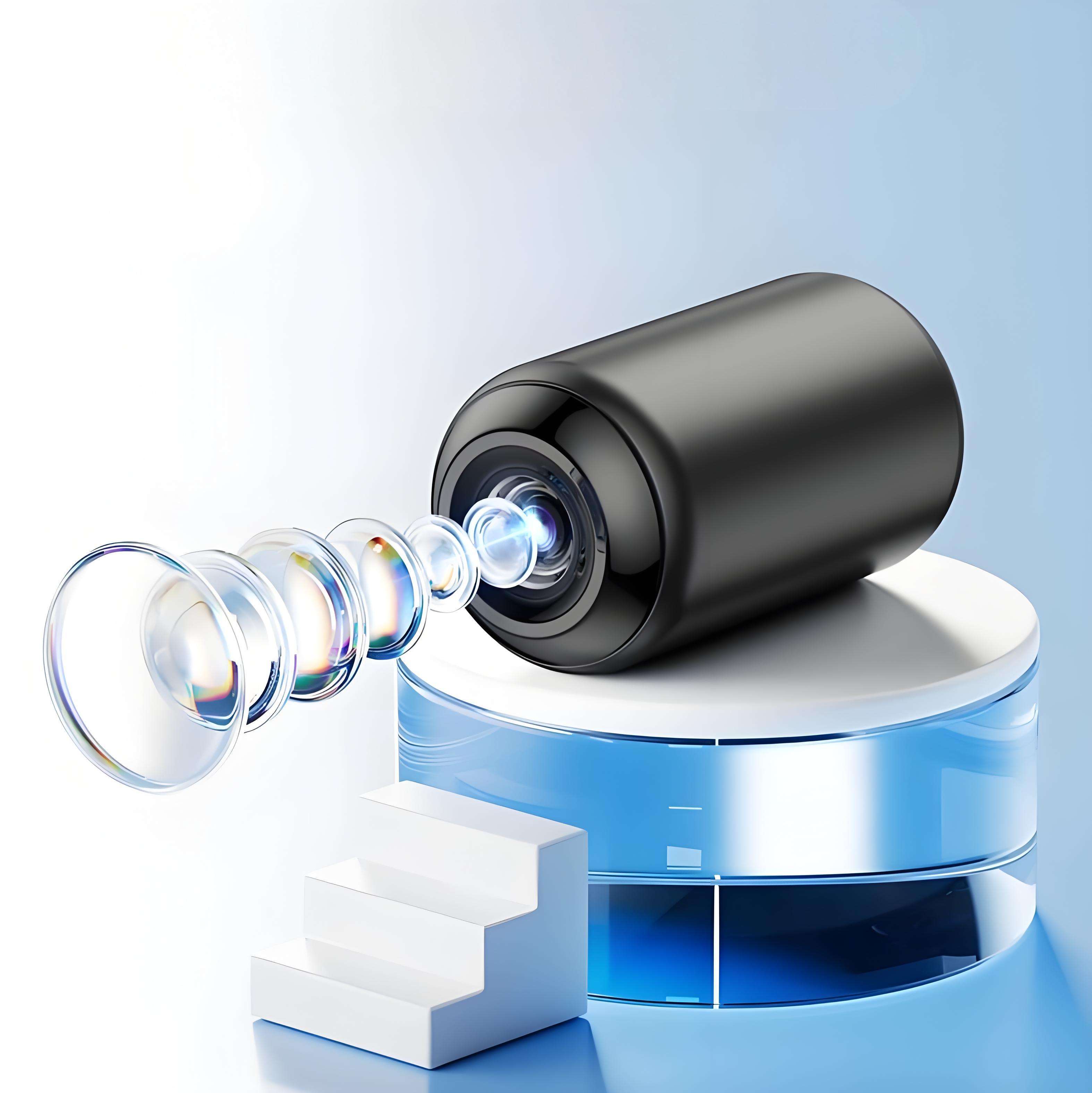
Ask at least 2–3 suppliers to provide working samples (or prototypes)
Compare image quality, stability, power consumption, firmware, calibration, module inconsistency
Test under real conditions (low light, temperature, motion)
Ask about durability, lifespan, and error rates
Only after samples satisfy your expectations should you proceed.
5. Perform Factory Audits / Due Diligence
Visit the factory (or hire a third-party audit) to confirm they have the actual production capacity and quality processes
Check equipment (clean rooms, optical alignment, calibration tools)
Review QC process, defect rates, inspection methods
Confirm labor practices, environmental compliance, IP protection practices
Ensure the ability to sign NDAs, confidentiality agreements, and handle IP protections
6. Negotiate Terms & Contracts
Finalize pricing (with a breakdown of components, testing, packaging, freight)
Agree on minimum order quantities (MOQs), lead times, and ramp schedules
Define quality thresholds, rework/rejection policies, penalty clauses
Secure intellectual property protections (designs, molds, firmware code)
Establish payment terms (e.g. deposit / balance, escrow / trade assurance)
Specify warranties, after-sales support, replacement, and logistics obligations
7. Maintain Ongoing Quality & Relationship
Implement regular quality checks (pre-shipment, in-process, batch testing)
Use third-party inspection services if you cannot physically inspect
Maintain open communication, share forecasts, and work on continuous improvements
Be cautious about overreliance—keep secondary backup manufacturers in case of issues
Tips & Common Pitfalls for Buyers
Avoid suppliers quoting unrealistically low prices — quality or compliance will likely suffer.
Check sample quality in detail (fabrication, imaging, firmware stability)
Protect your IP — register trademarks in China, use NDAs, own molds or ensure contract clauses
Understand regional clusters — some Chinese regions specialize in cameras/modules (e.g., Shenzhen, Dongguan)
Start with small orders and gradually scale
Ask for references from clients in your region or market
Be culturally sensitive and clear in communication — miscommunication is a frequent source of error
Summary & Final Thoughts
Sourcing mini cameras from China offers immense opportunity but requires diligence. The large players like Hikvision or InfiRay offer benchmarks, but many buyers will work with mid-tier, flexible OEM/ODM factories. The key lies in defining clear specs, building a meaningful shortlist, sampling, auditing, and protecting your designs.
With a structured sourcing approach, you can mitigate risks and secure a manufacturing partner that delivers on quality, cost, and timelines.
Related News
Do Trail Cameras Affect Wild Animals’ Behavior? Understanding Their Real Impact
Do trail cameras affect wildlife behavior? Learn how animals react to cameras and discover how no-glow solar trail cameras from Ringsee minimize disturbance for ethical, accurate observation.
Oct 16,2025
How to Find Top Mini Camera Manufacturers in China: 5 Leading Suppliers & Buyer’s Guide
A detailed guide to locating and vetting mini camera manufacturers in China. Discover 5 leading Chinese suppliers, tips for sourcing, and strategies to validate quality and reliability.
Oct 15,2025
How Solar Trail Cameras Quietly Win You More Time in the Field
swap frequent battery-swap trips for a solar-powered trail-camera setup and you’ll disturb game less, lose fewer key photo windows to dead batteries, and free up hours (and dollars) to invest back into better scouting and more time hunting. The case for solar isn't just technical — it’s tactical.
Oct 14,2025
China’s Video Surveillance Boom: How AI, Cloud, and Smart Cities Are Shaping a $10 Billion Market
Explore China’s booming video surveillance market — driven by AI, cloud, and smart cities — projected to exceed USD 10B by 2035. Learn key trends & insights.
Oct 13,2025
Can Wildlife Cameras Recognize Specific Animals? The Rise of AI-Powered Detection in Conservation
Discover how AI-powered wildlife cameras are transforming animal recognition and species monitoring. Learn how intelligent camera systems—like those developed by Ringsee—can identify, classify, and even track individual animals to support global conservation efforts.
Oct 11,2025
Links:One Belt Power Technology
Add: 14th Floor, Baoshan Building, Longhua District, Shenzhen China.
Privacy Policy | SEO | CitySite | Support: 300.cn Dongguan
COOKIES
Our website uses cookies and similar technologies to personalize the advertising shown to you and to help you get the best experience on our website. For more information, see our Privacy & Cookie Policy
COOKIES
Our website uses cookies and similar technologies to personalize the advertising shown to you and to help you get the best experience on our website. For more information, see our Privacy & Cookie Policy
These cookies are necessary for basic functions such as payment. Standard cookies cannot be turned off and do not store any of your information.
These cookies collect information, such as how many people are using our site or which pages are popular, to help us improve the customer experience. Turning these cookies off will mean we can't collect information to improve your experience.
These cookies enable the website to provide enhanced functionality and personalization. They may be set by us or by third-party providers whose services we have added to our pages. If you do not allow these cookies, some or all of these services may not function properly.
These cookies help us understand what you are interested in so that we can show you relevant advertising on other websites. Turning these cookies off will mean we are unable to show you any personalized advertising.

